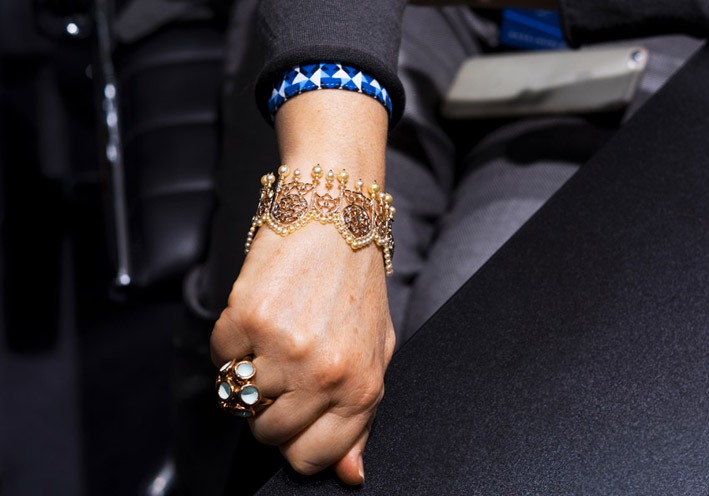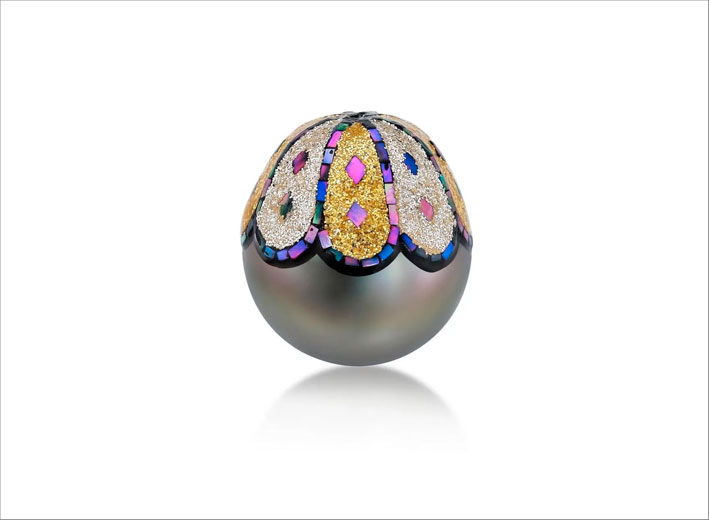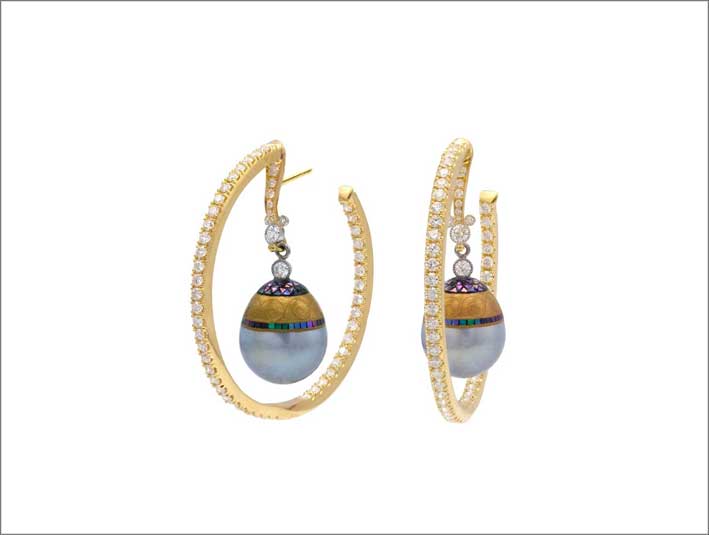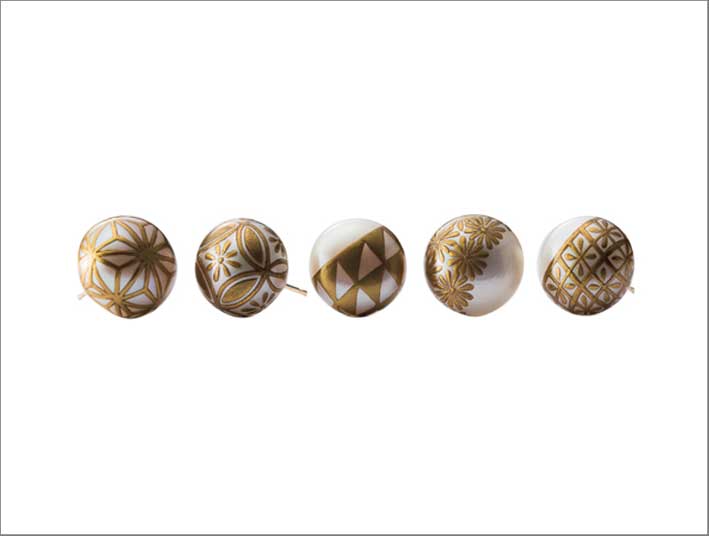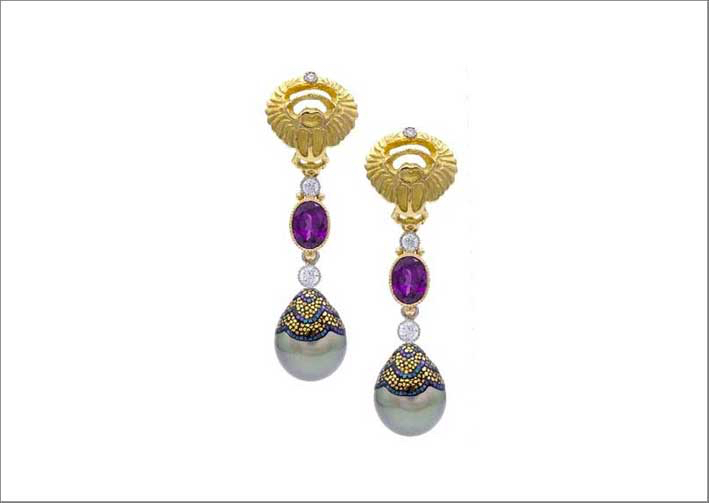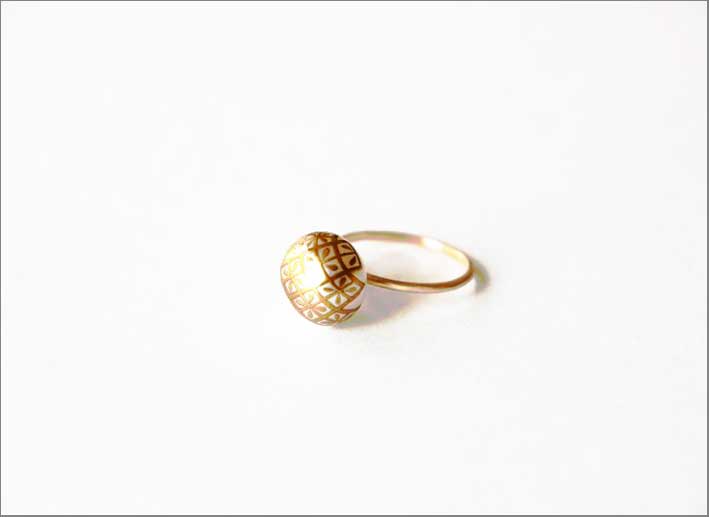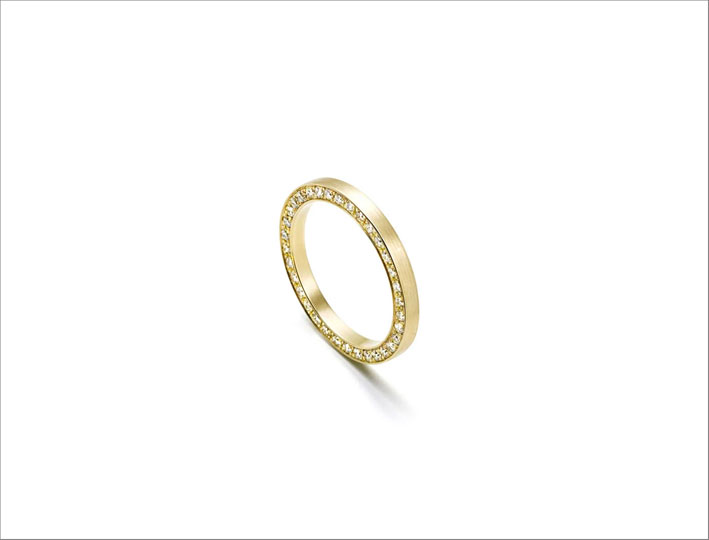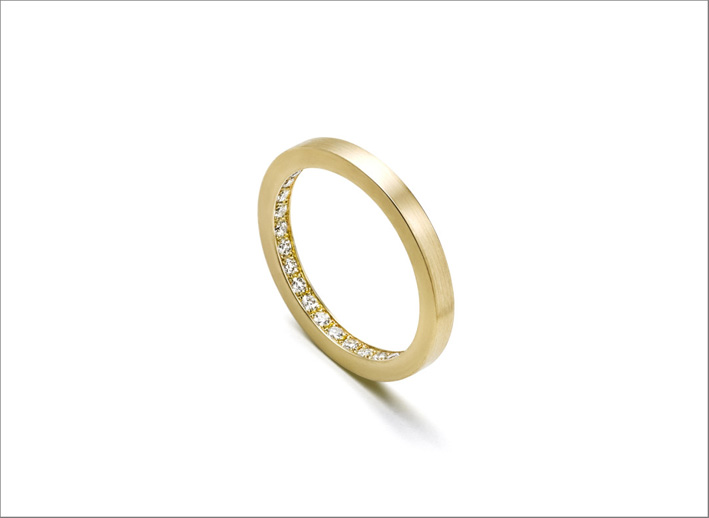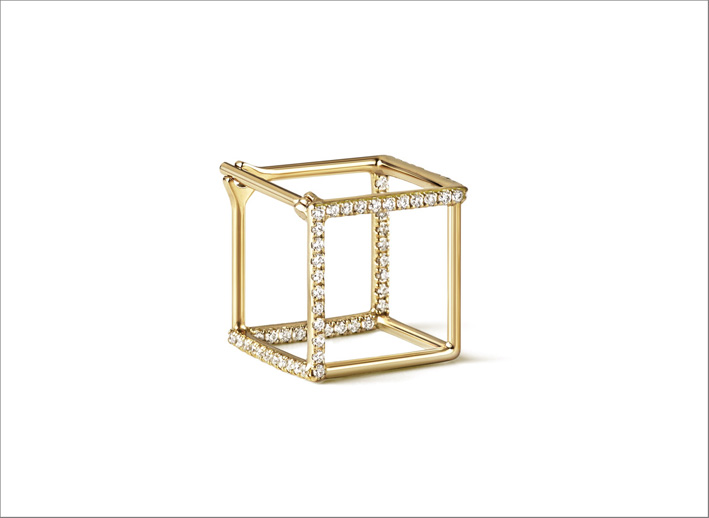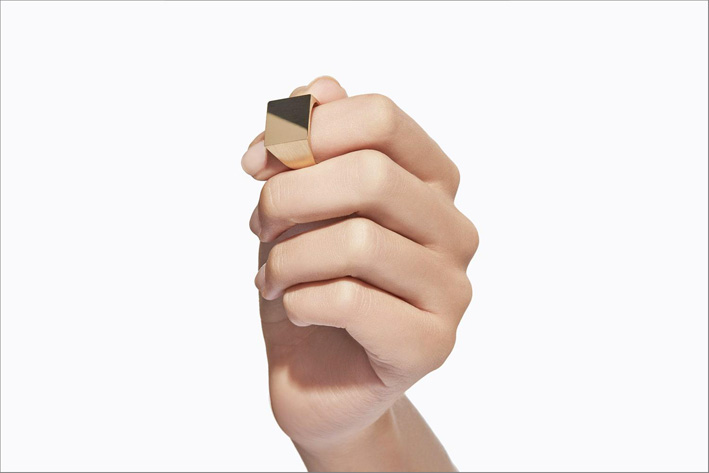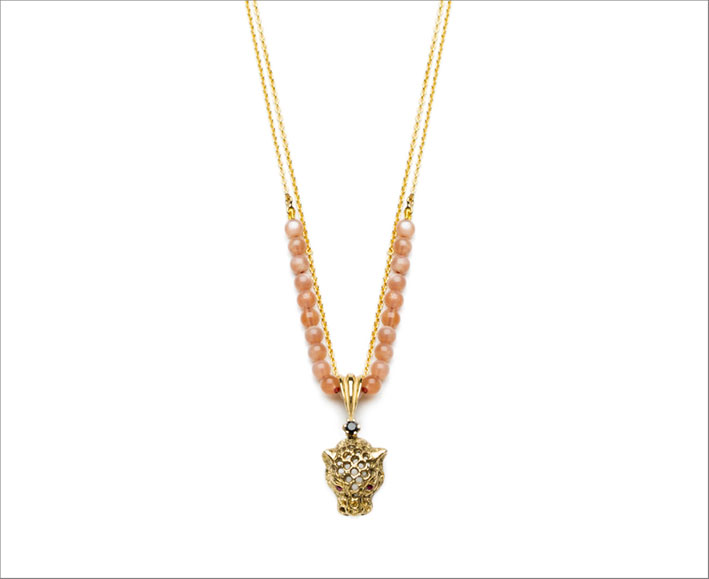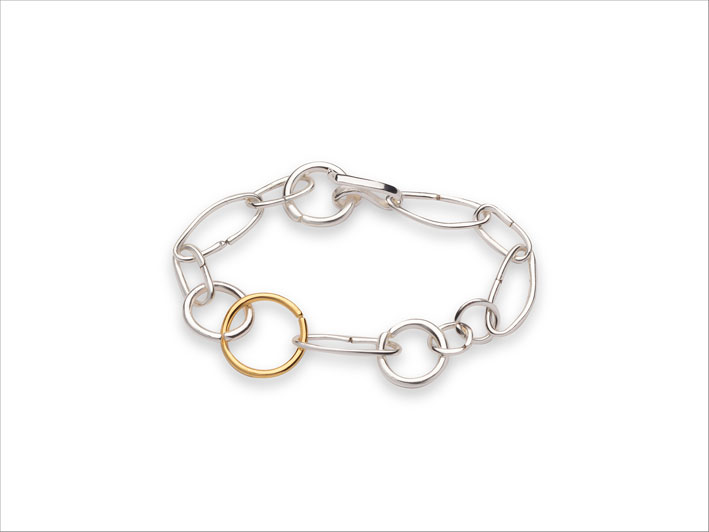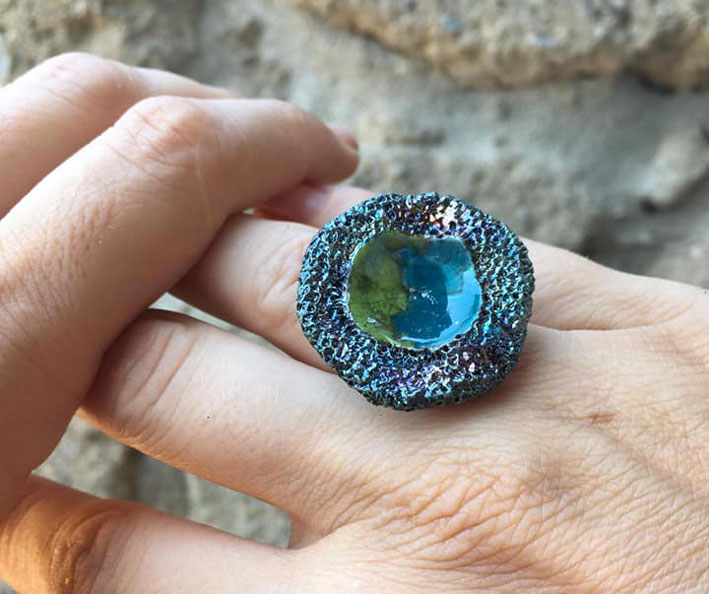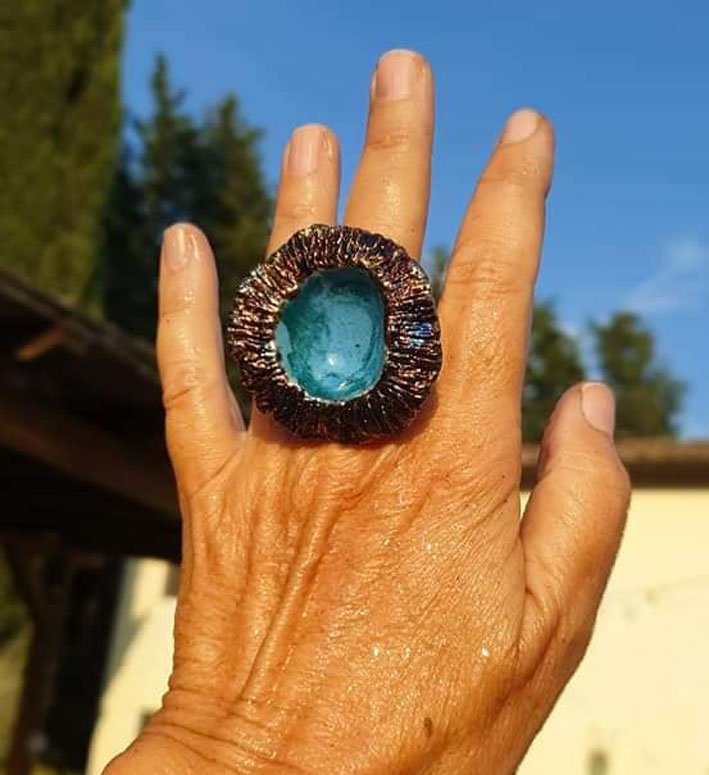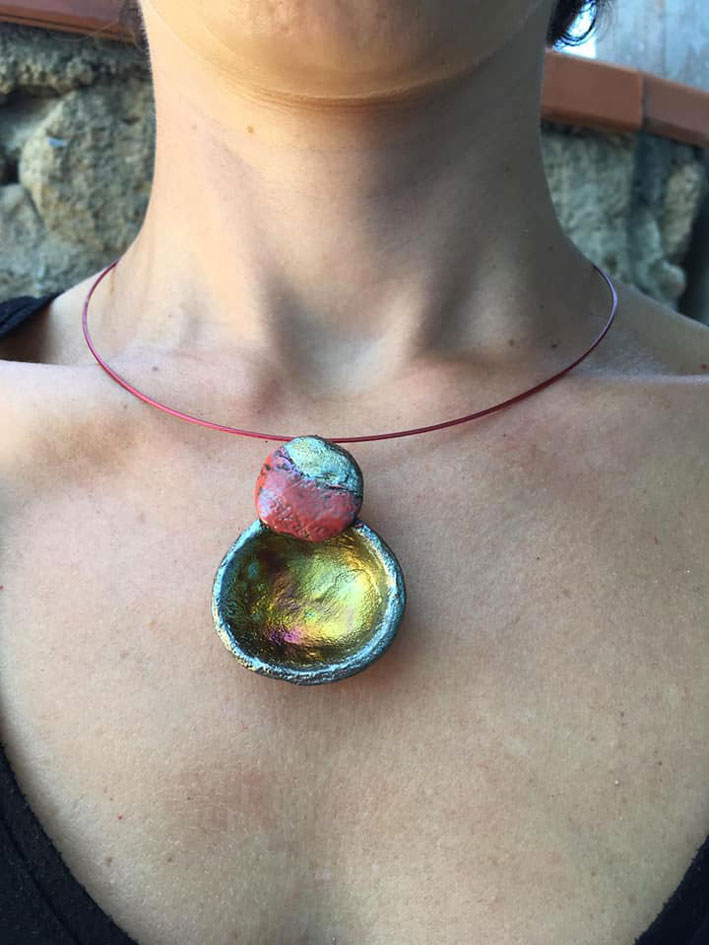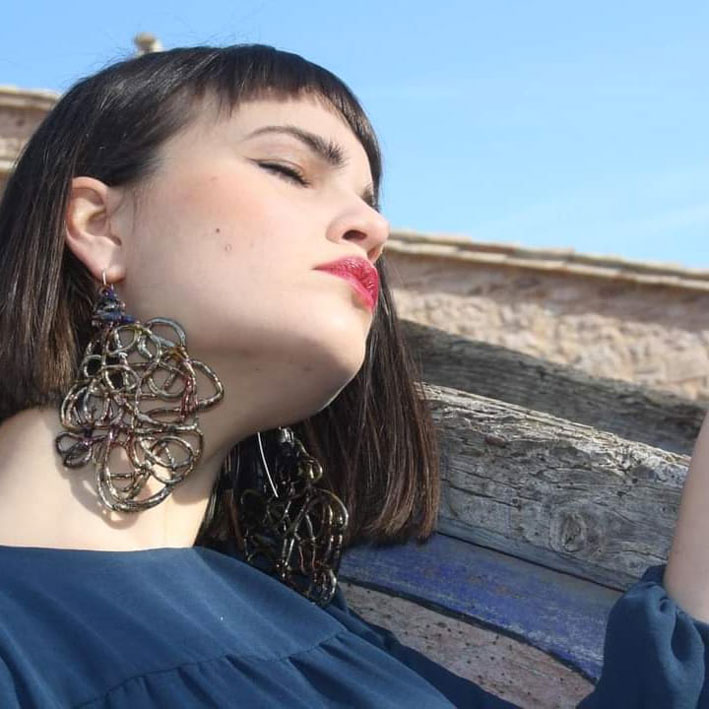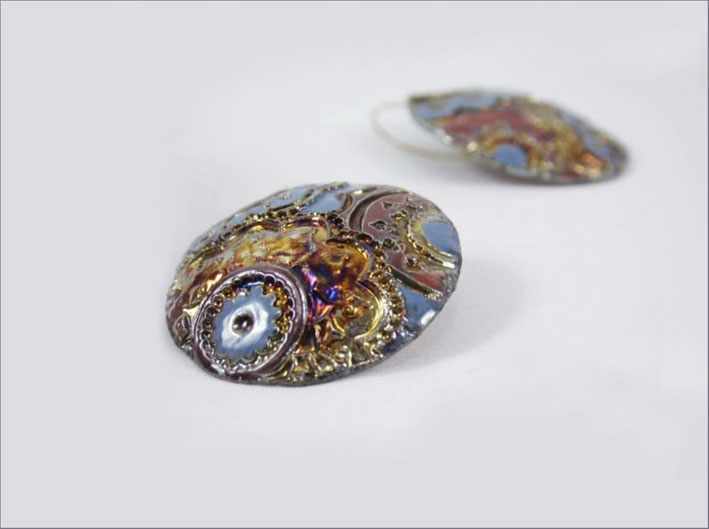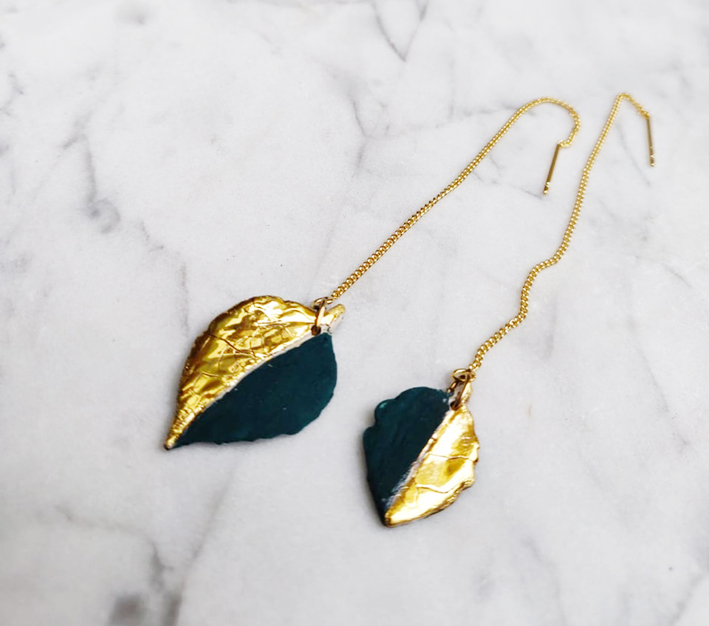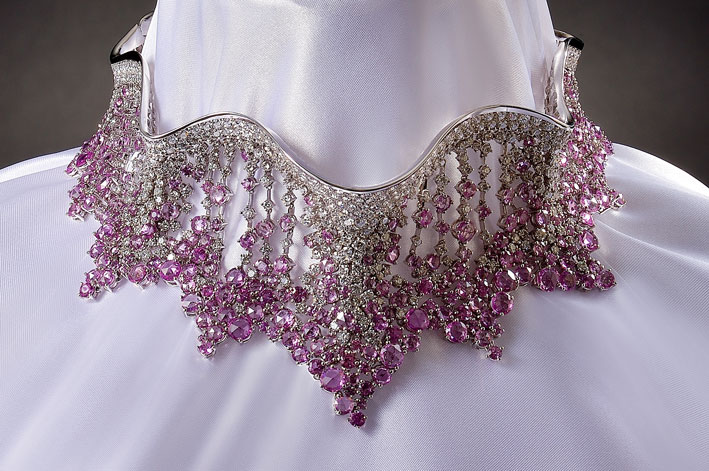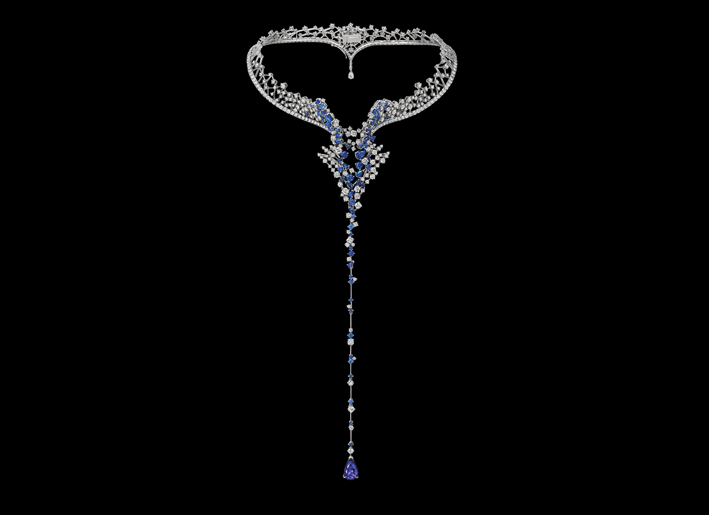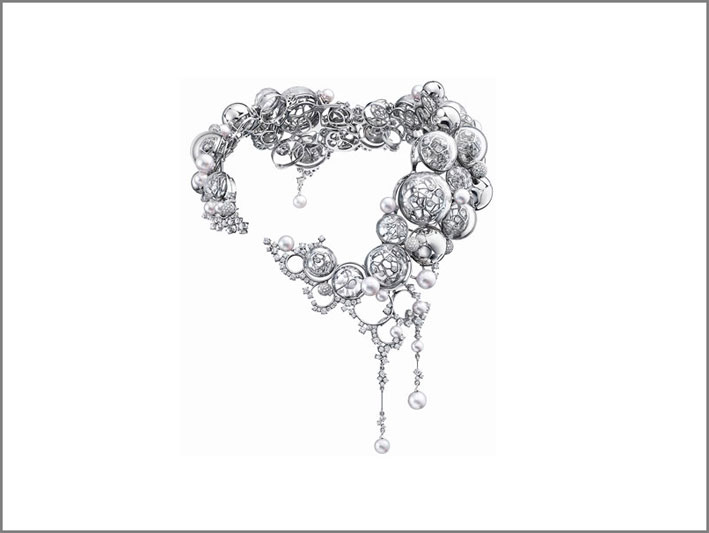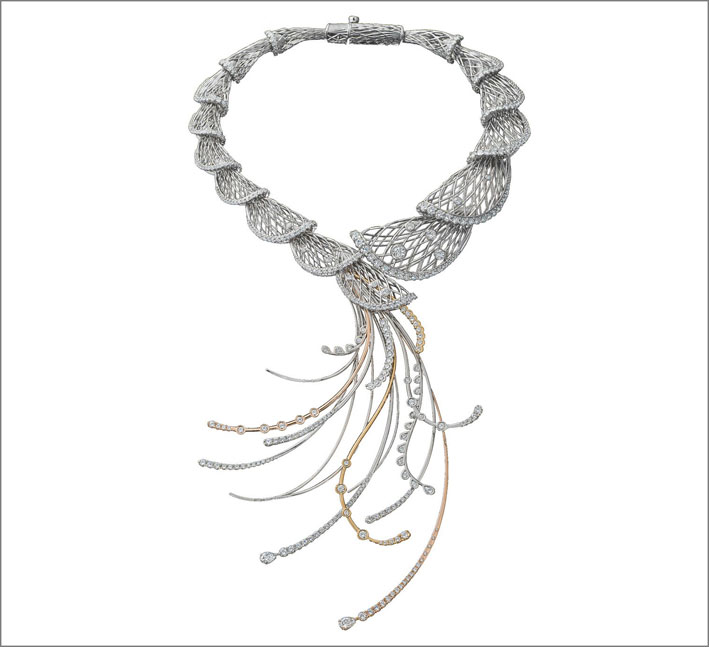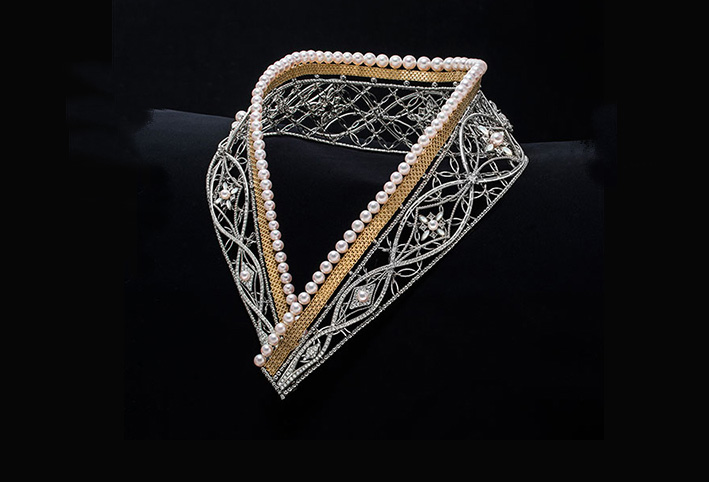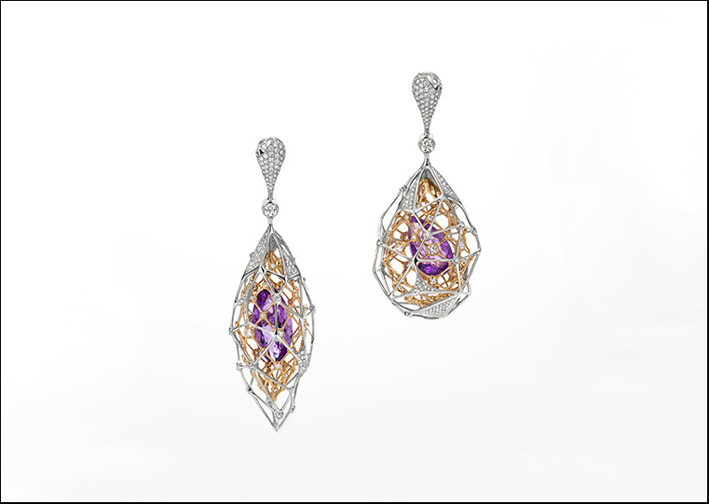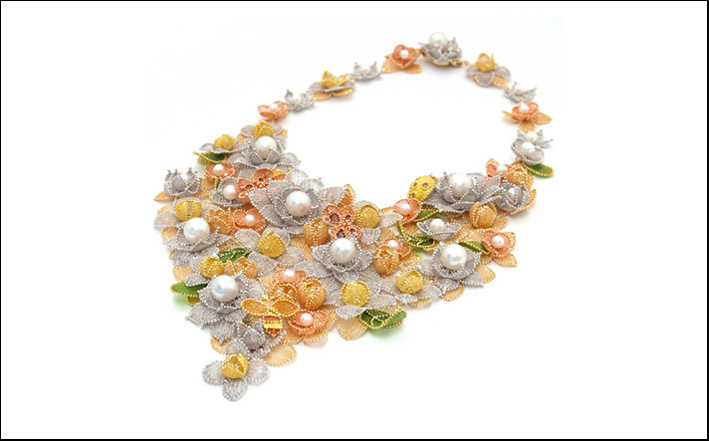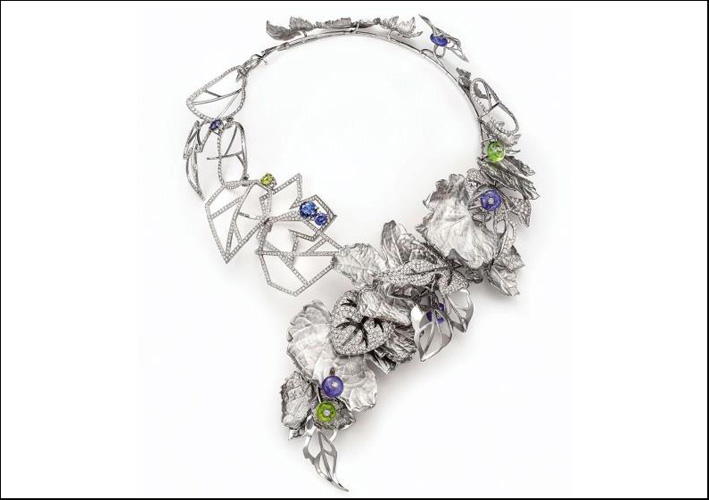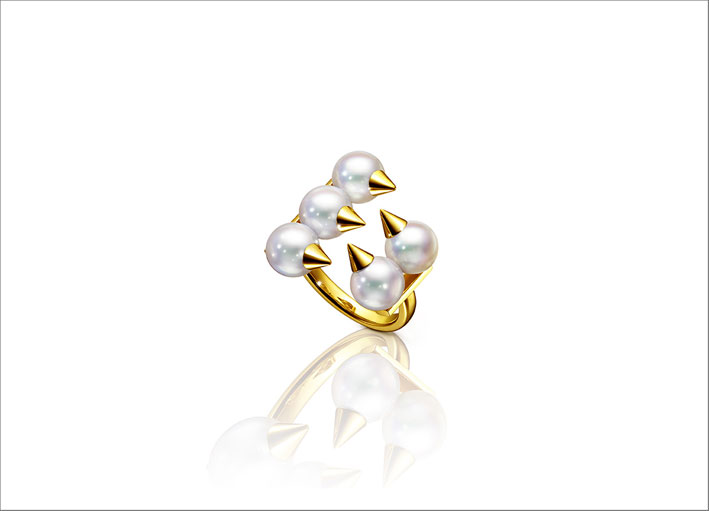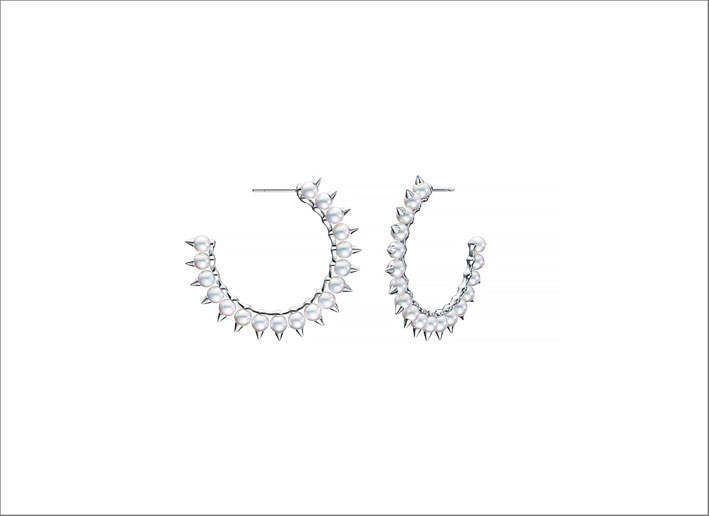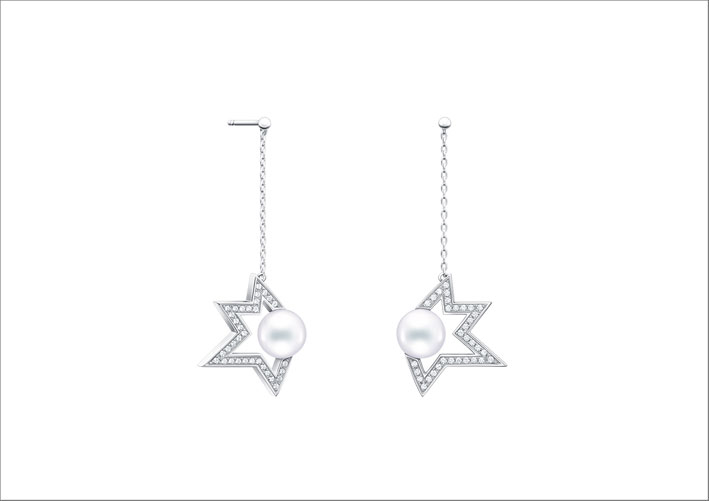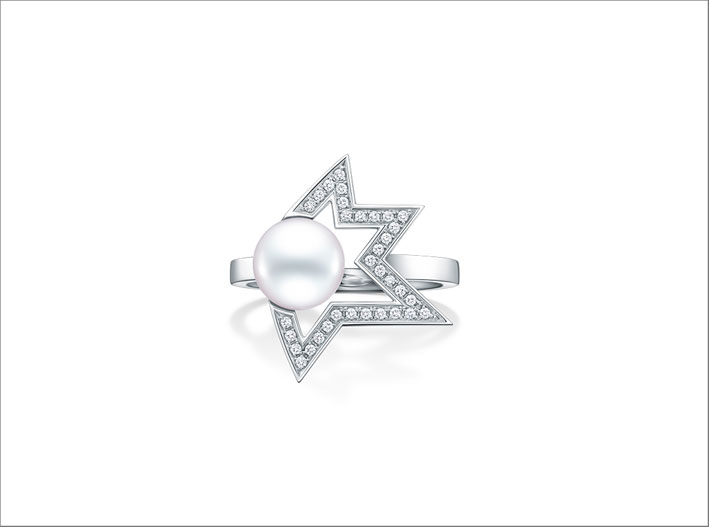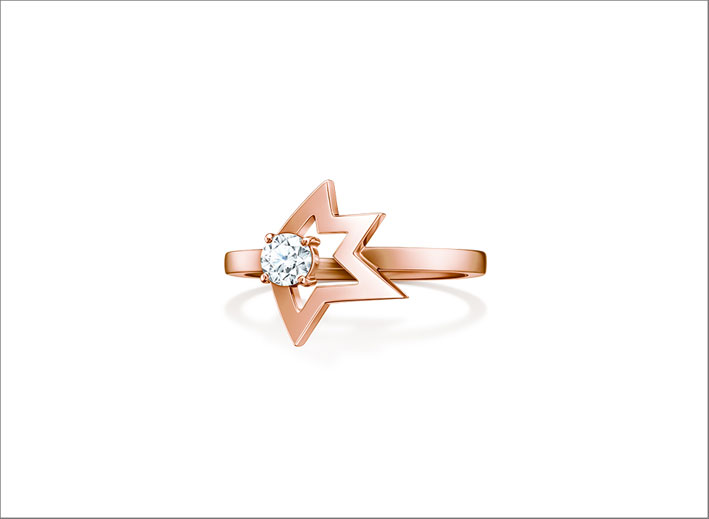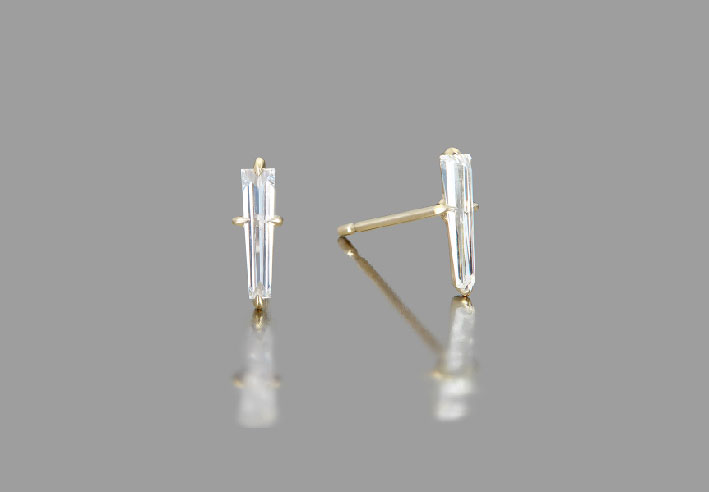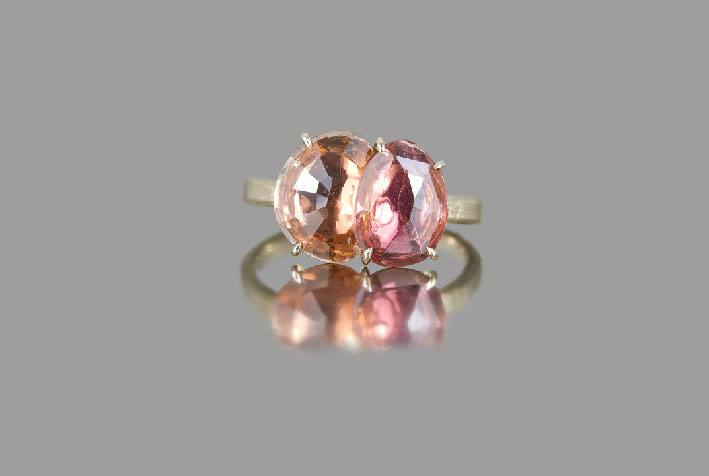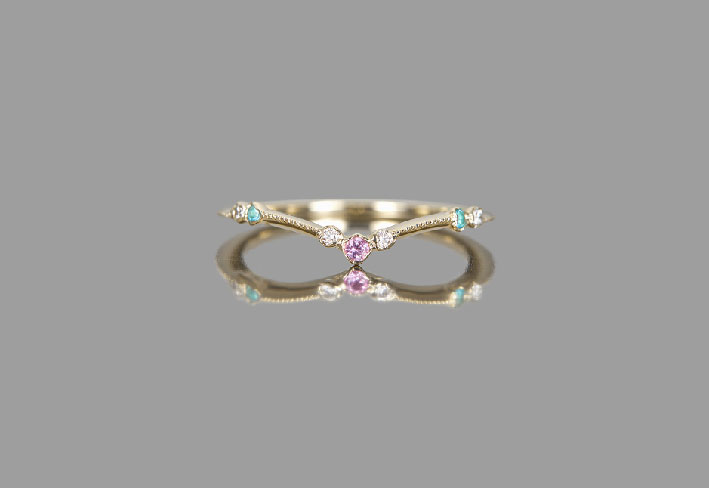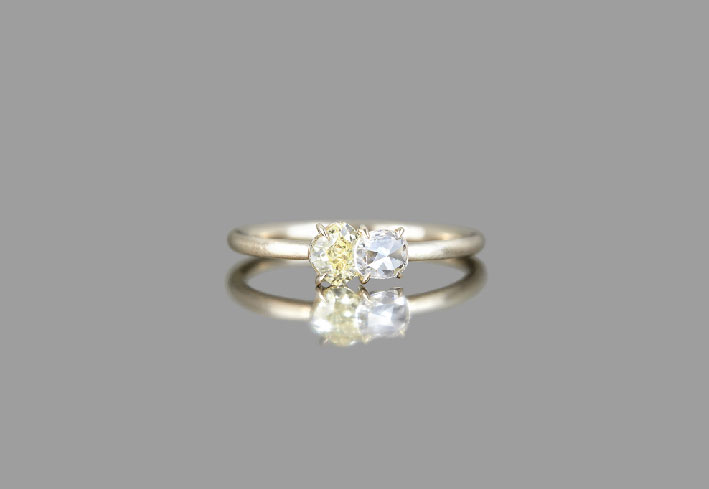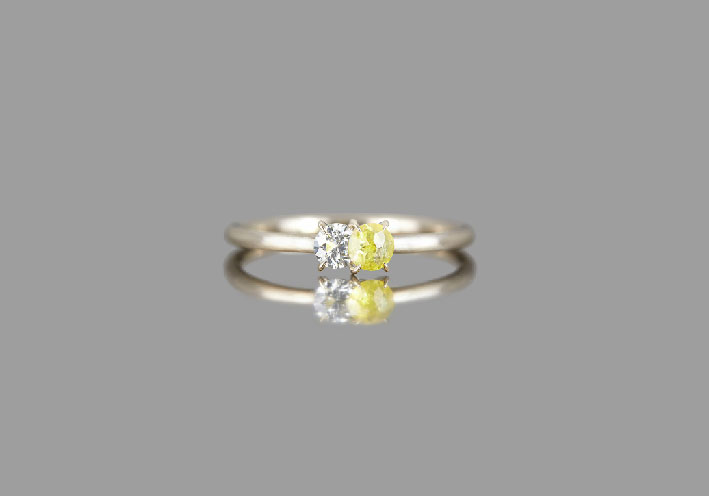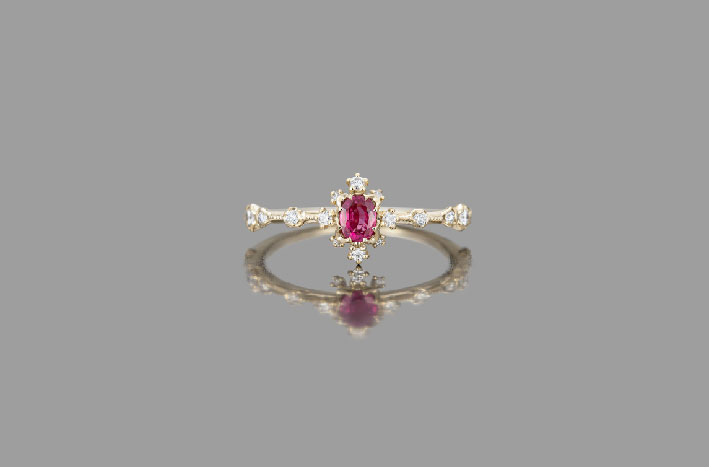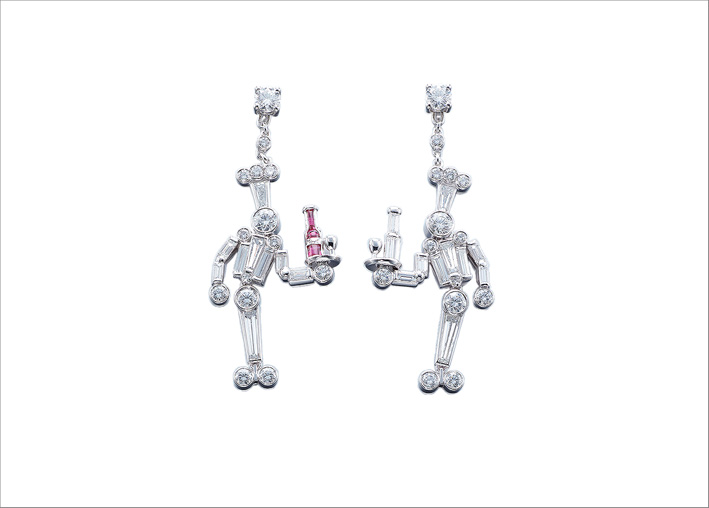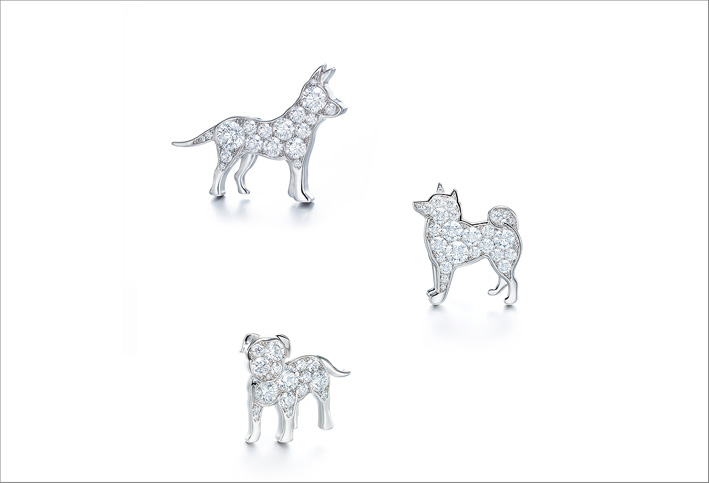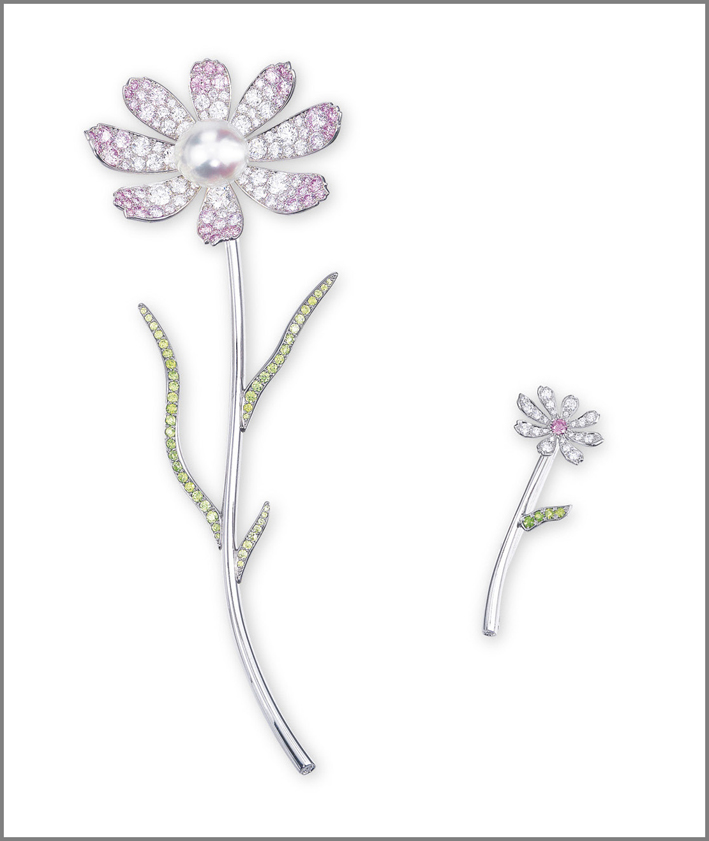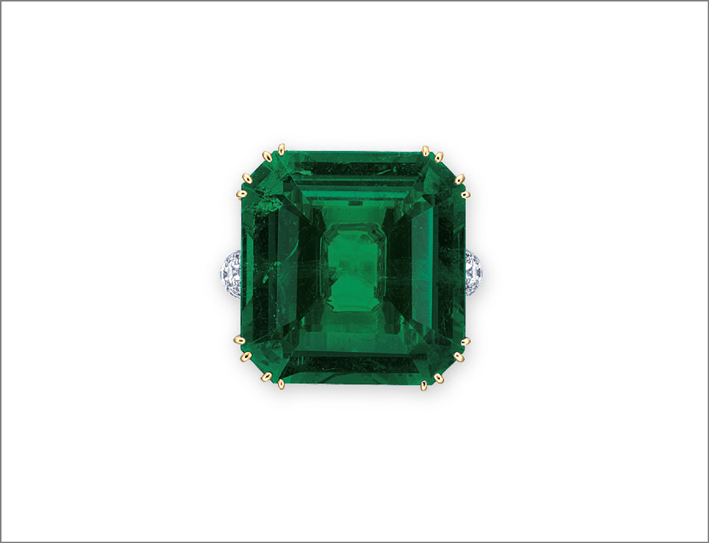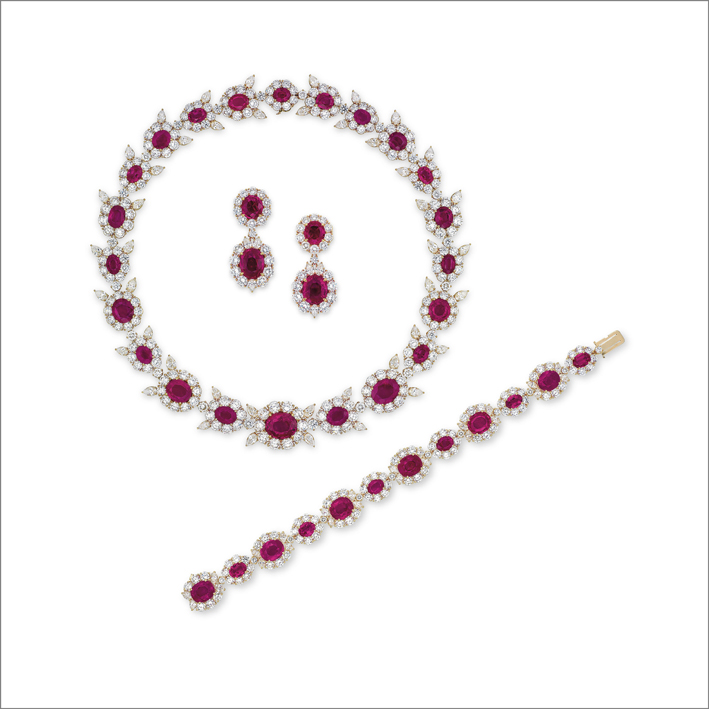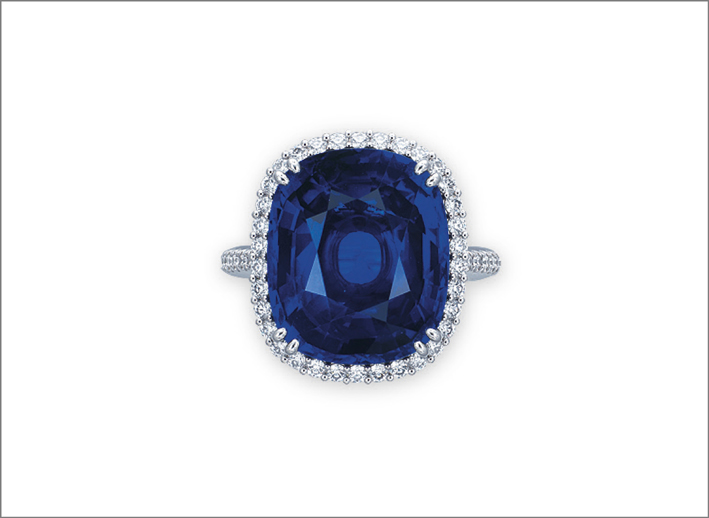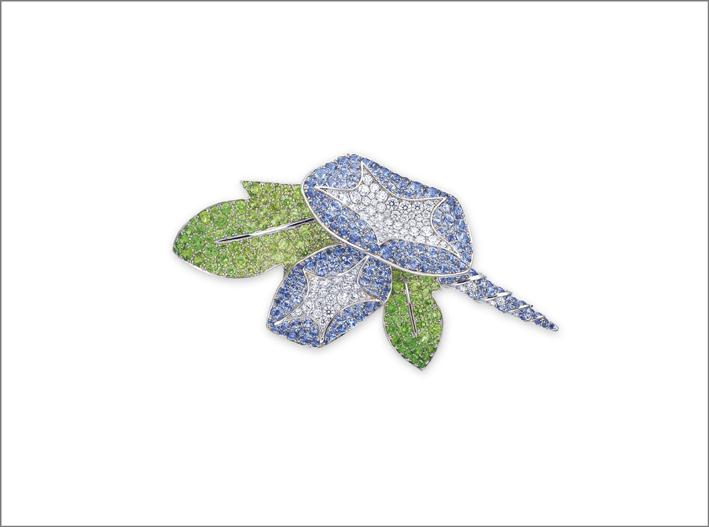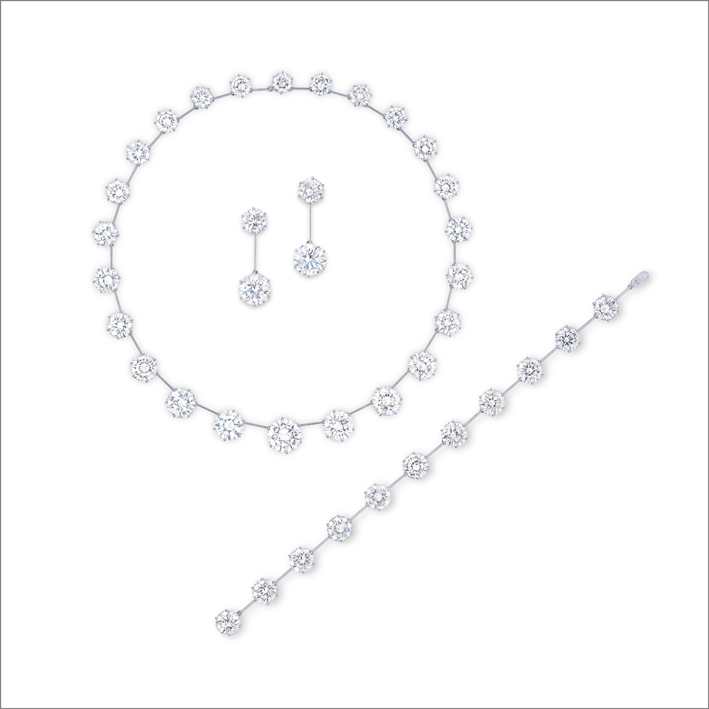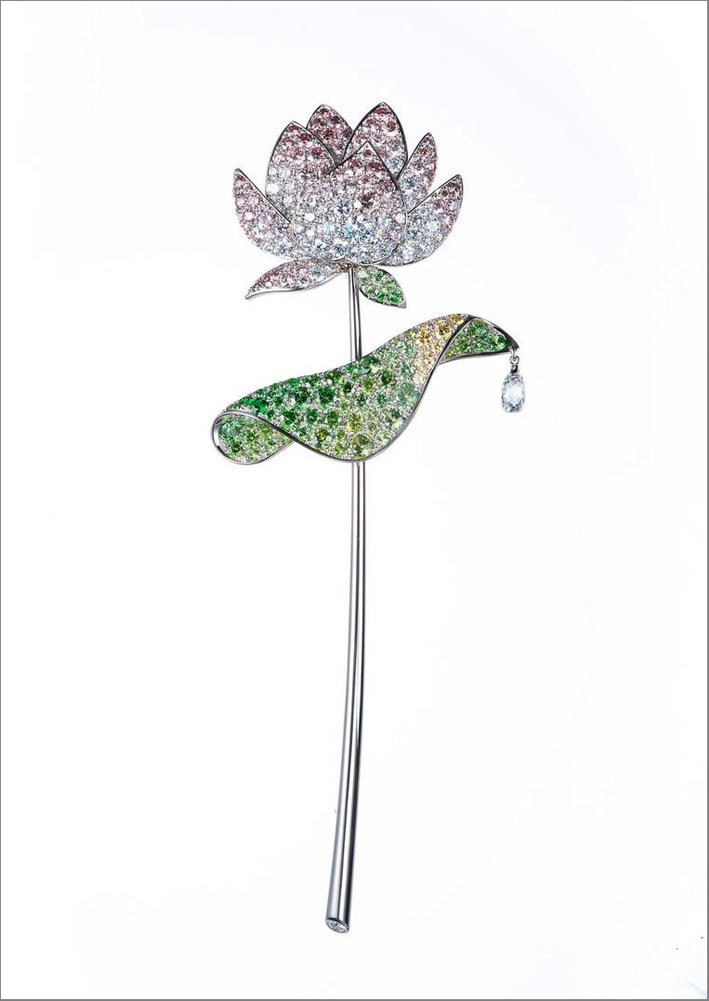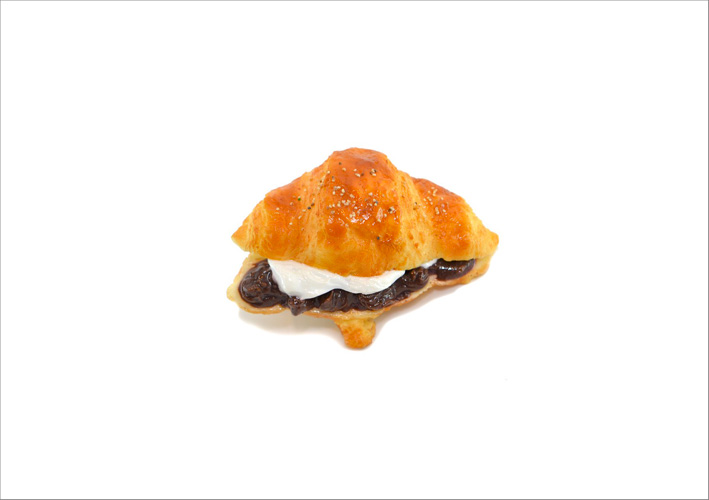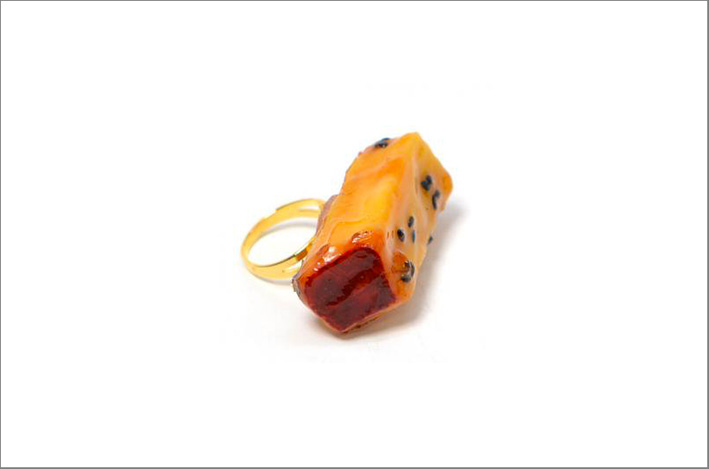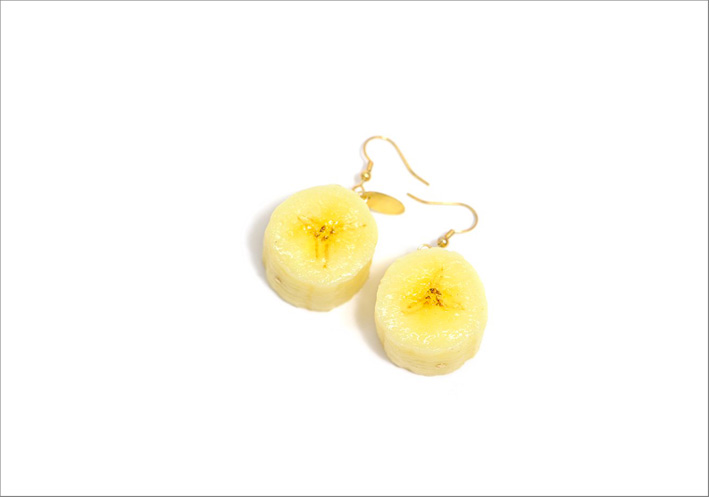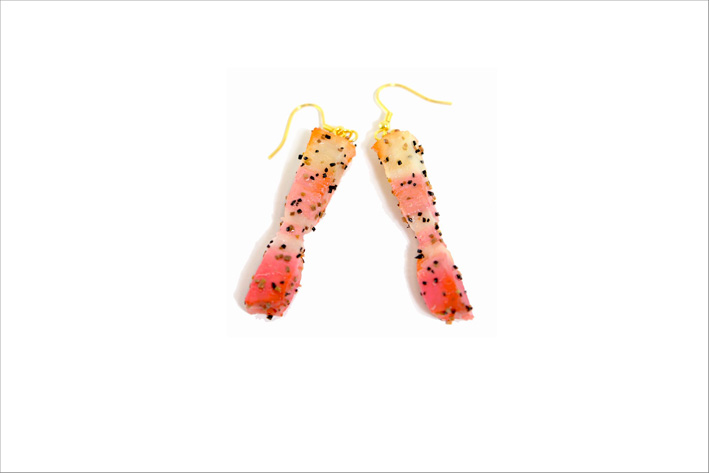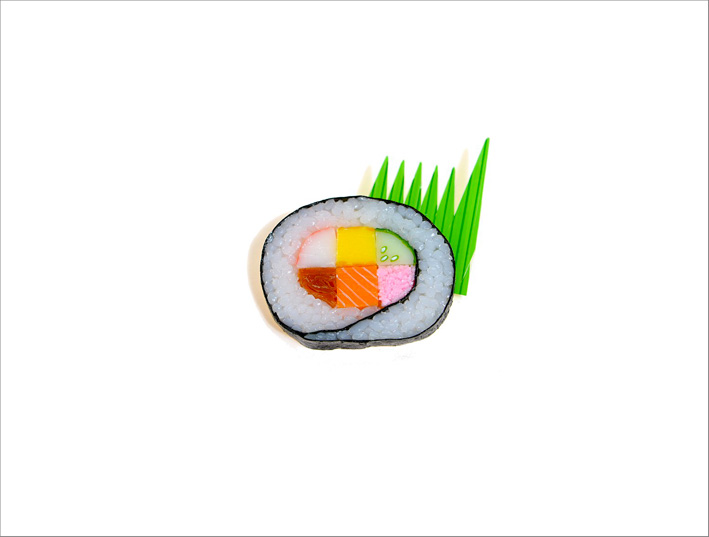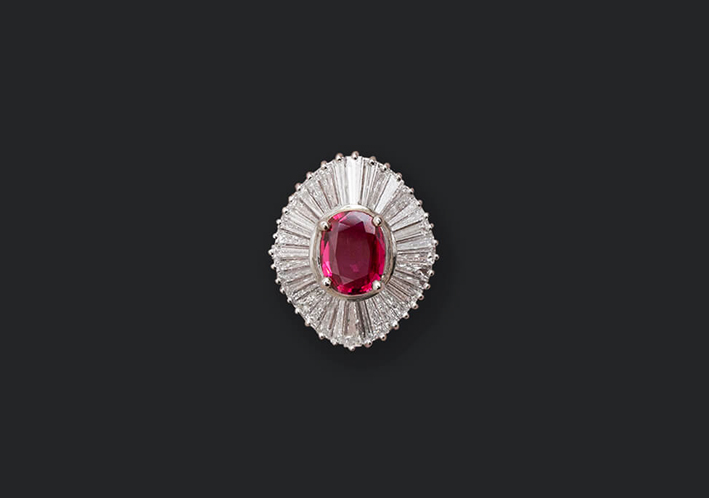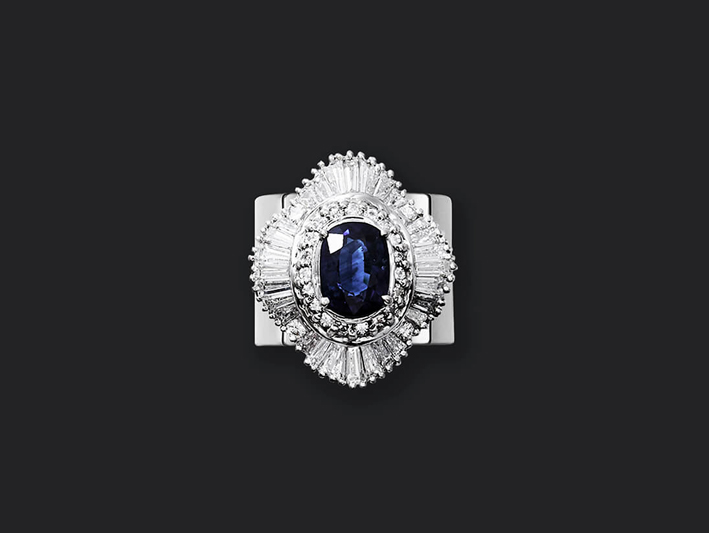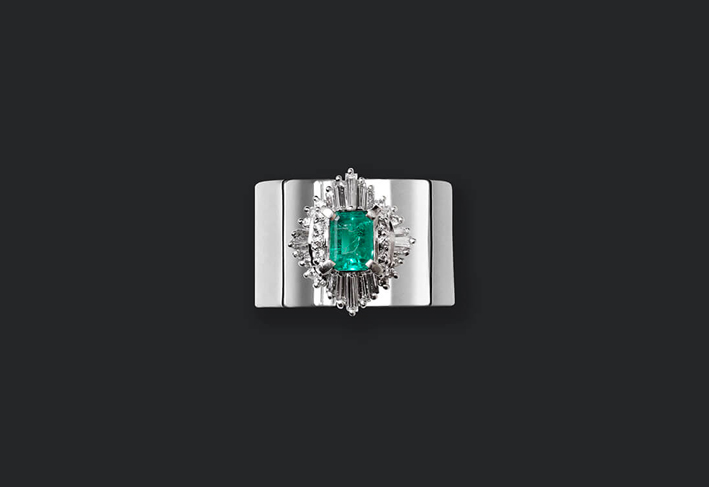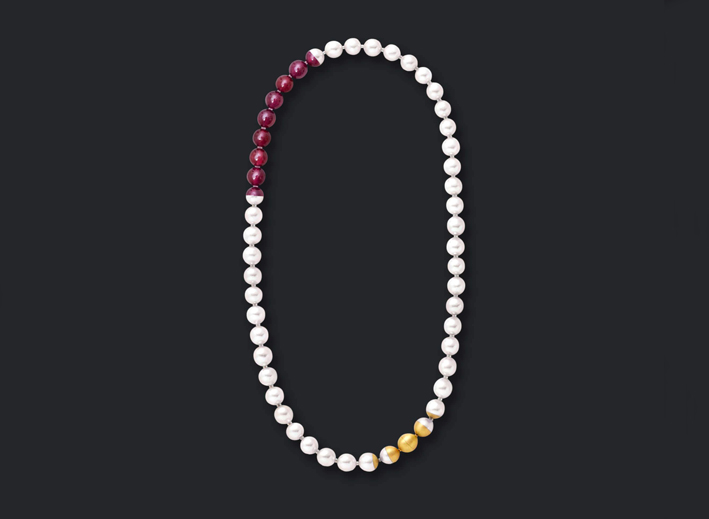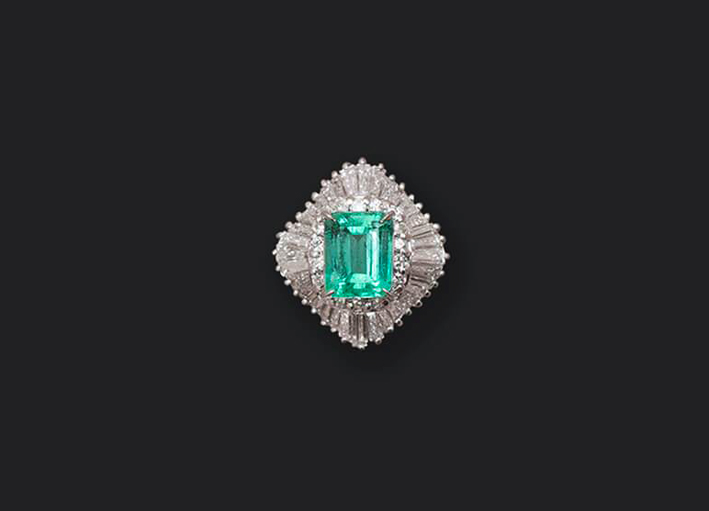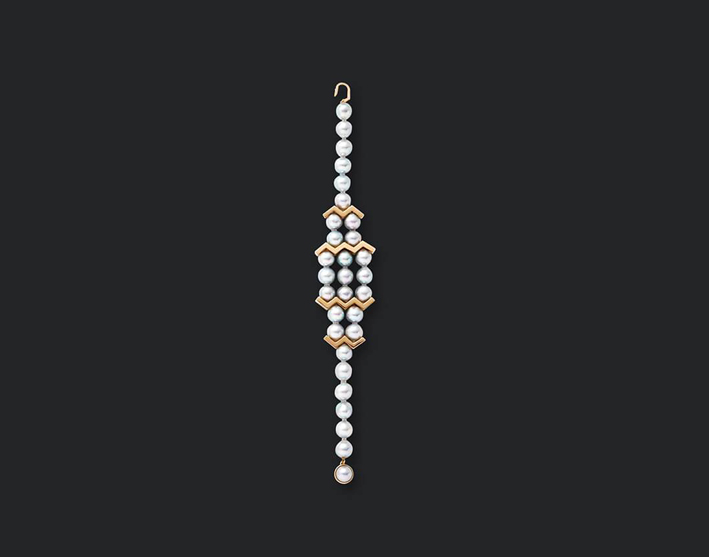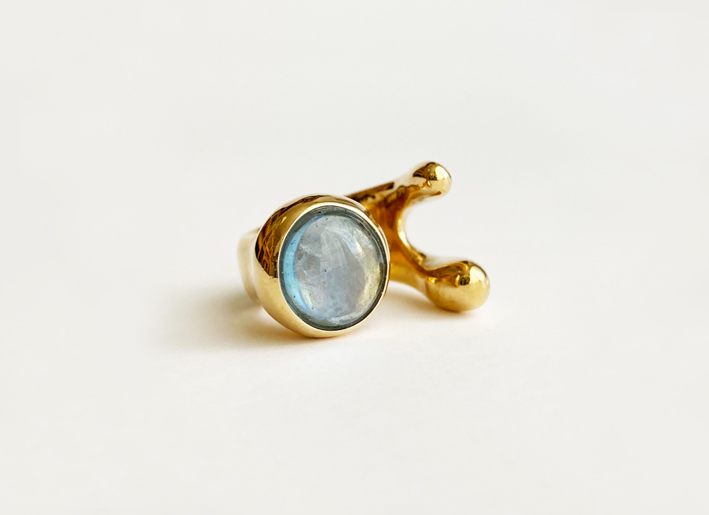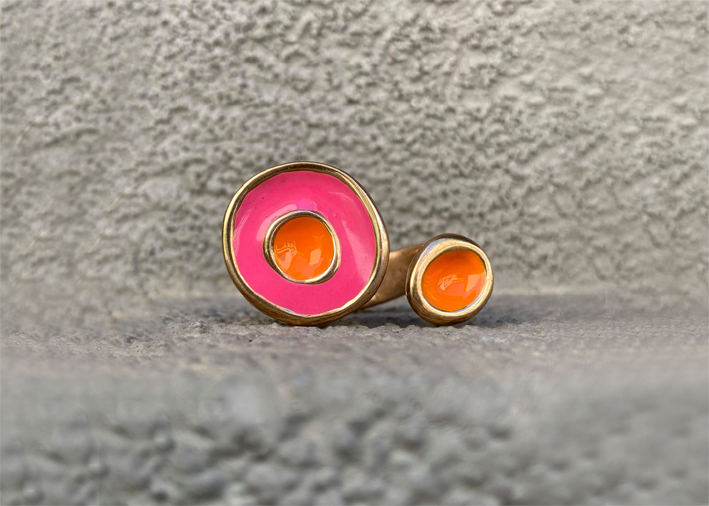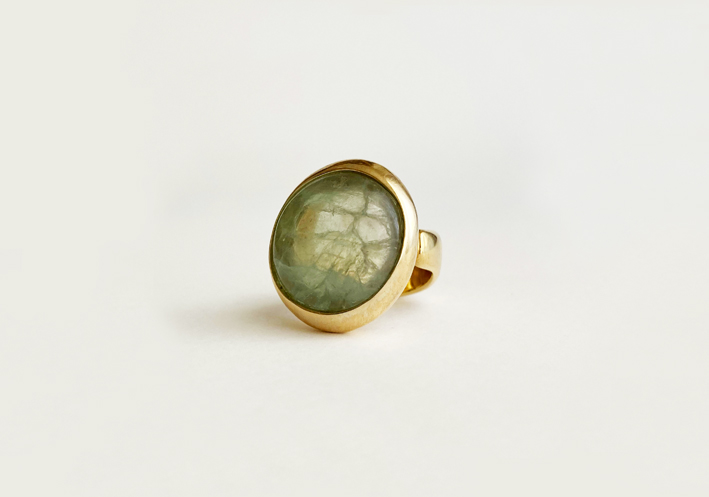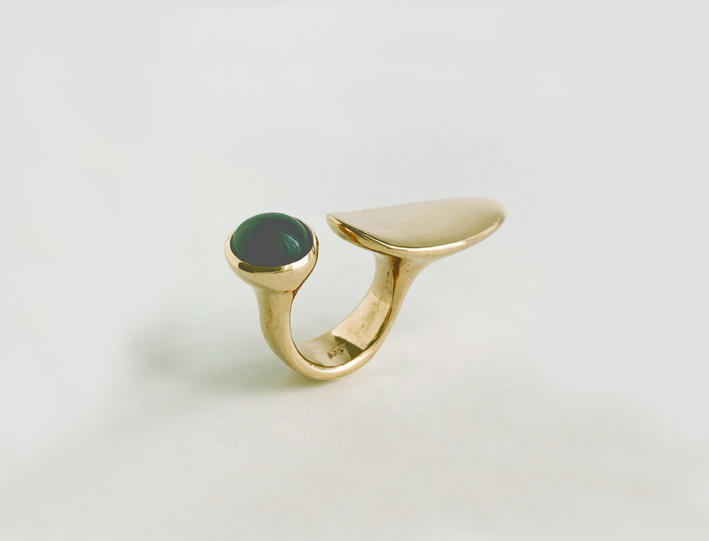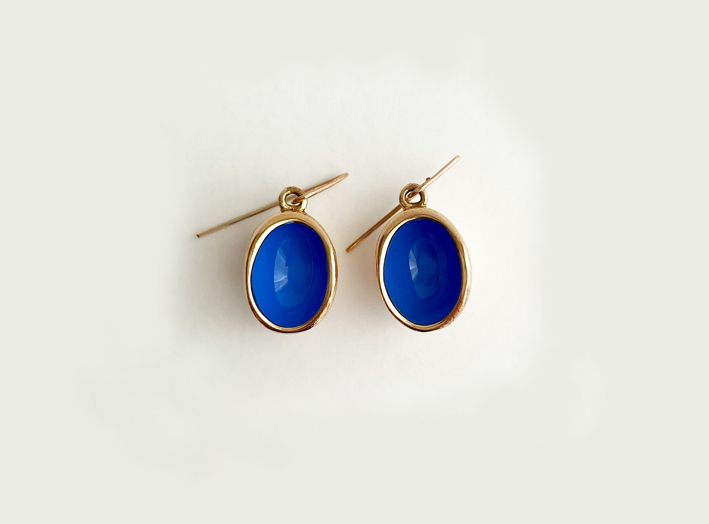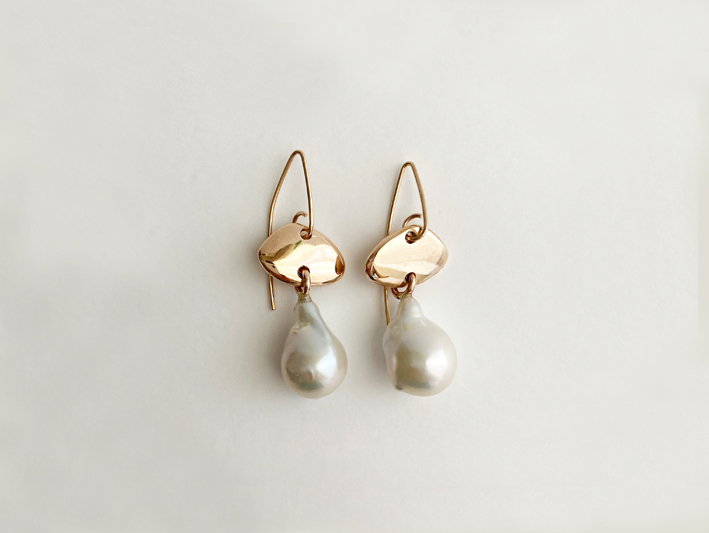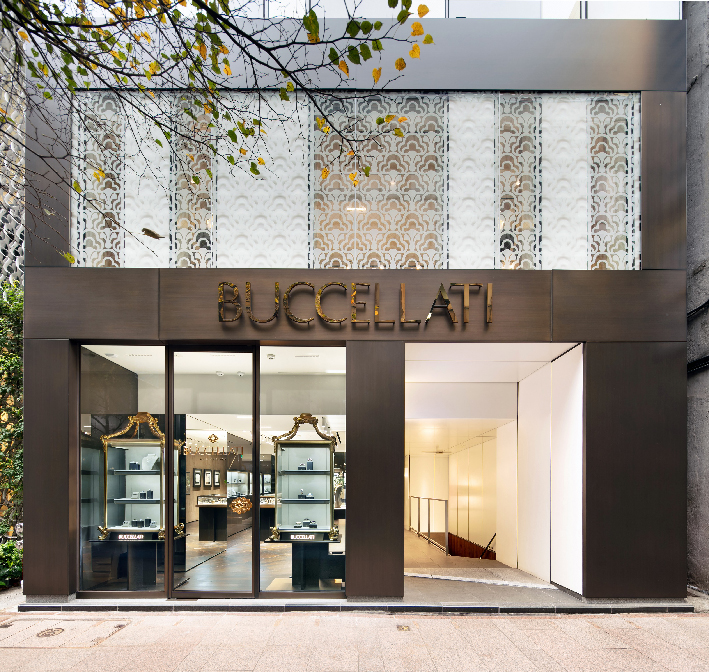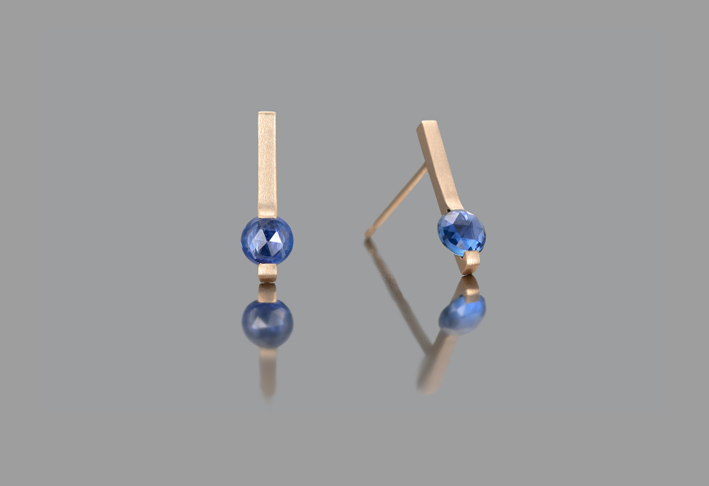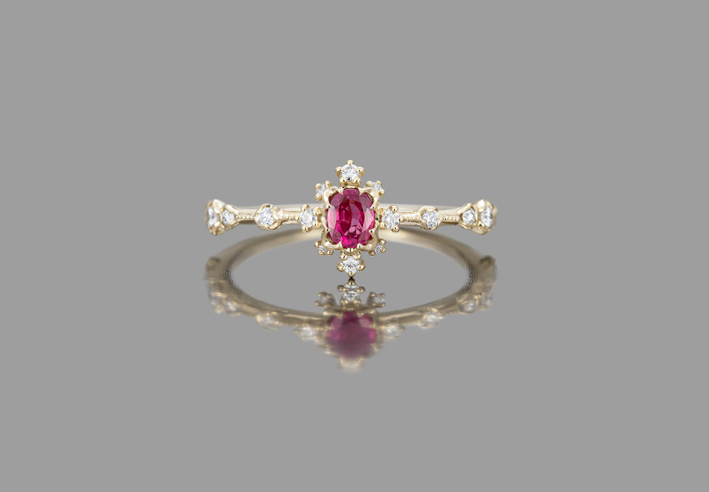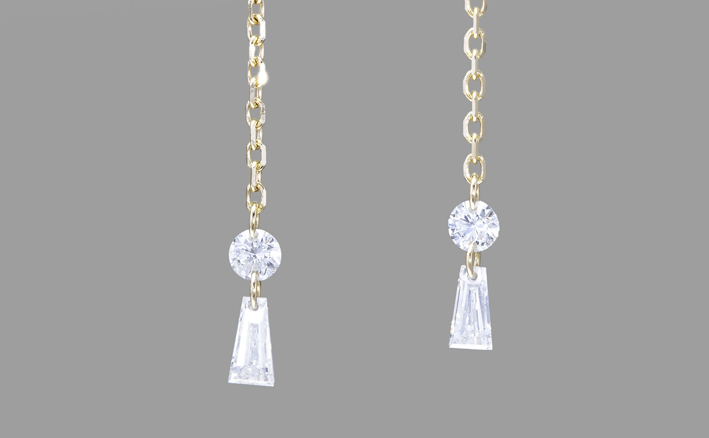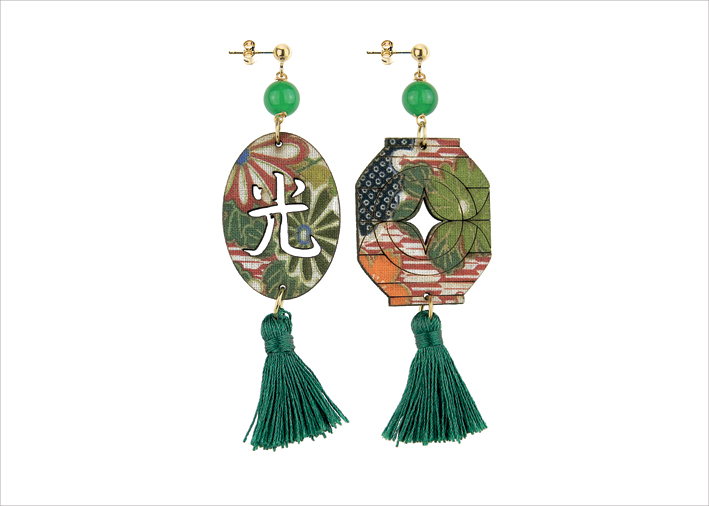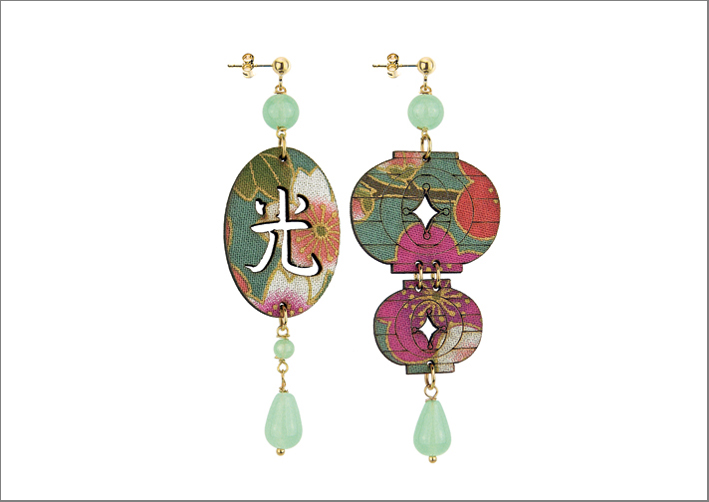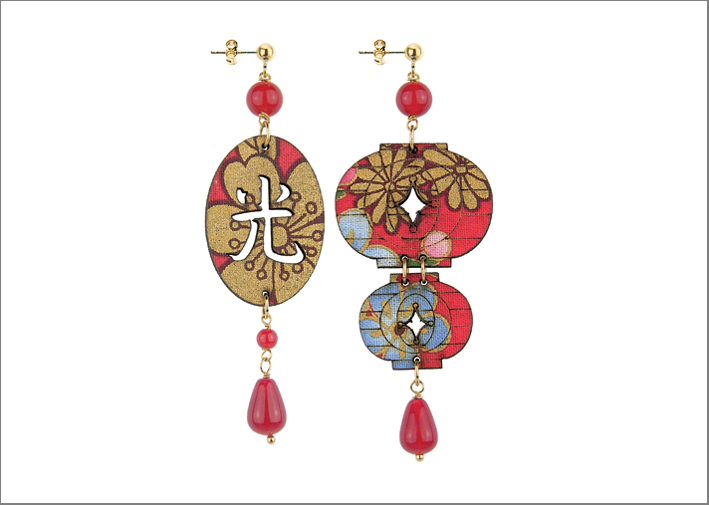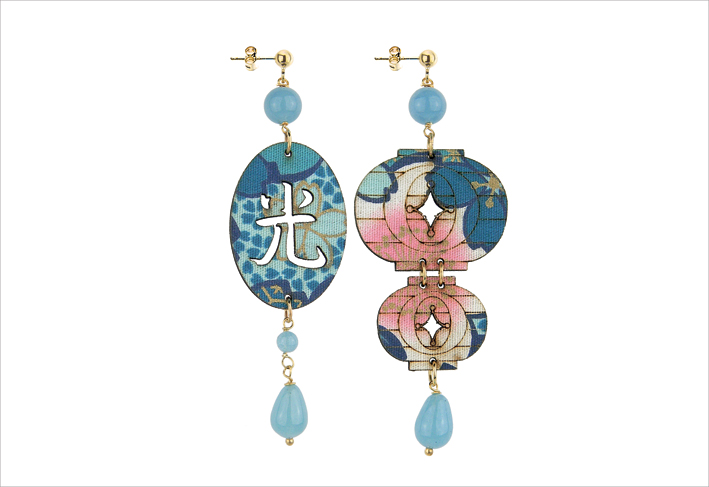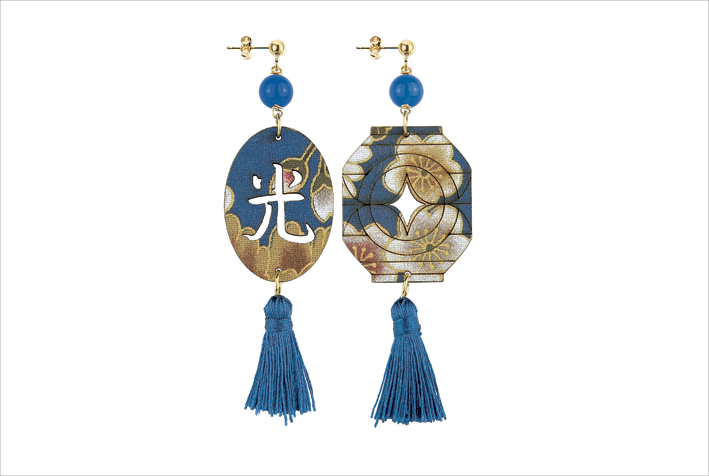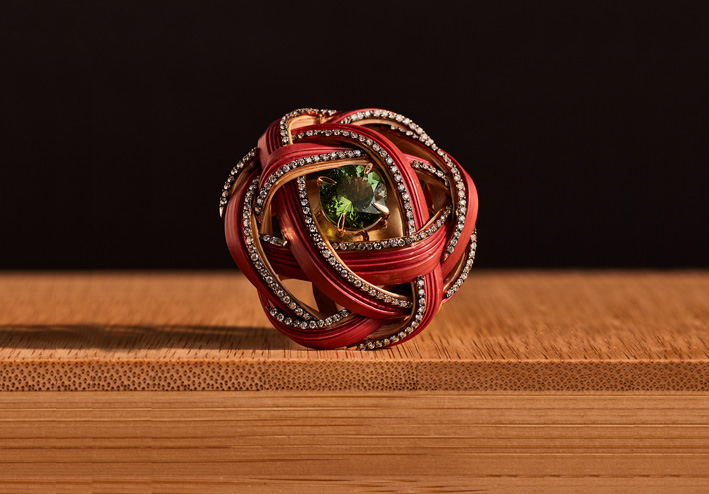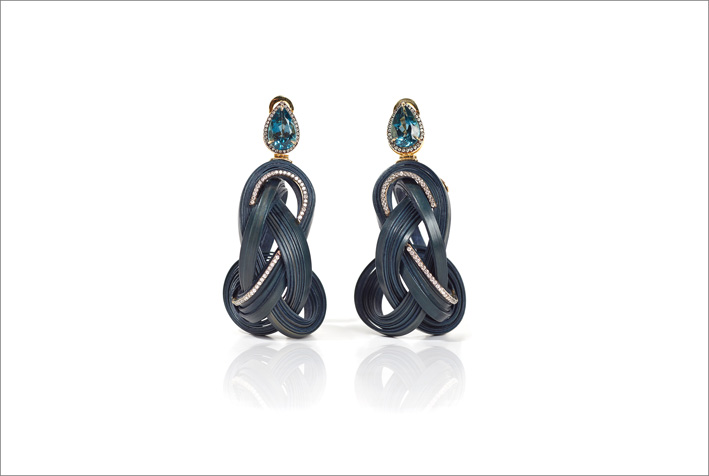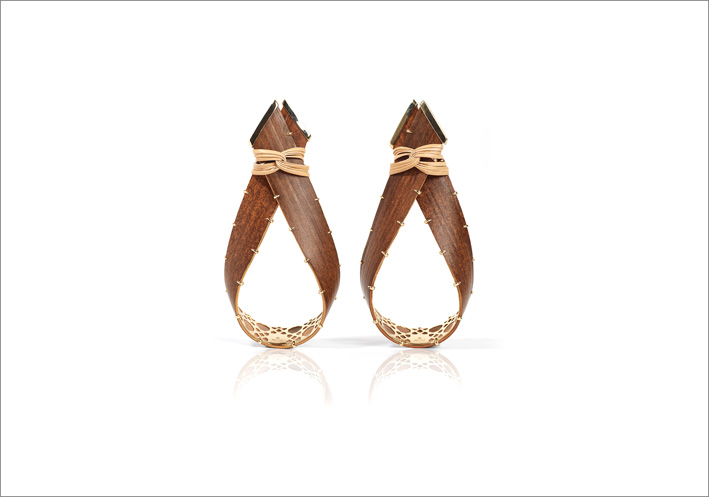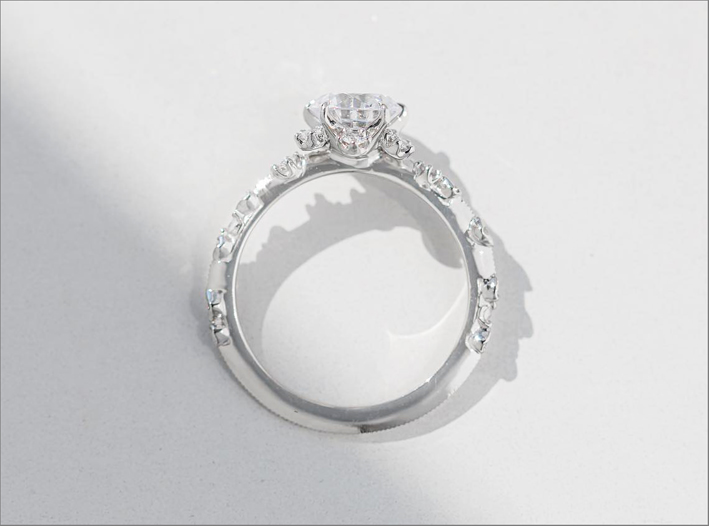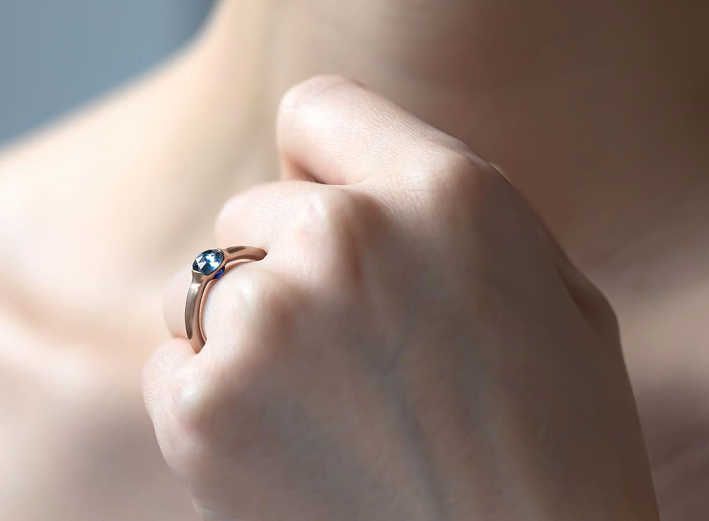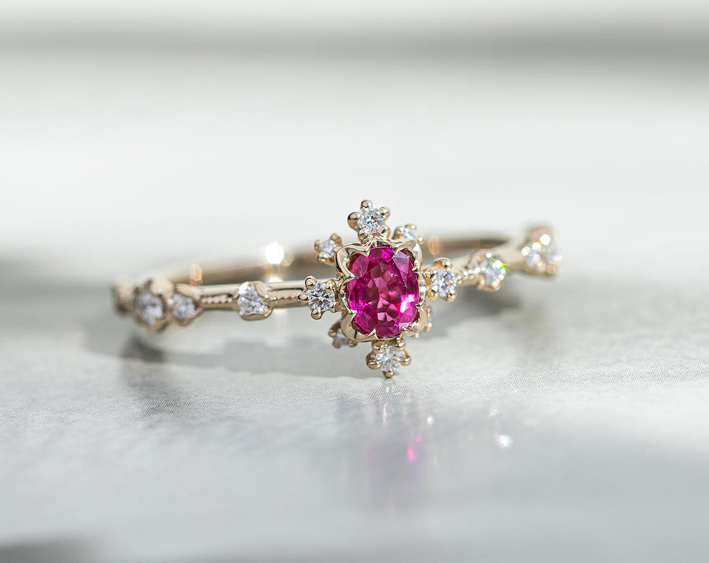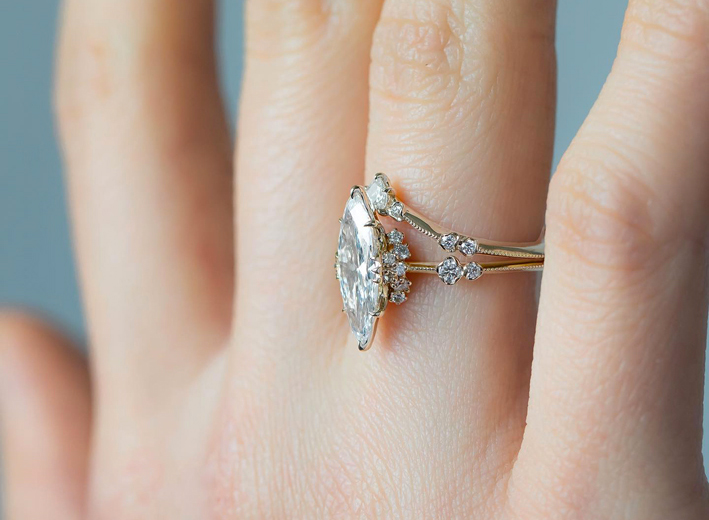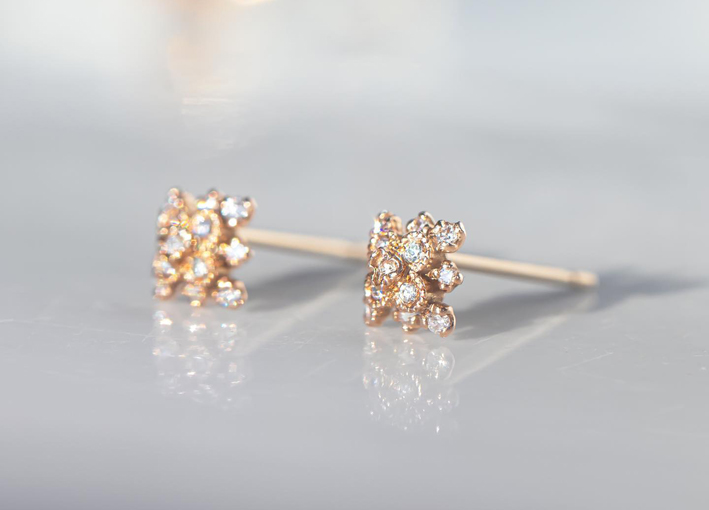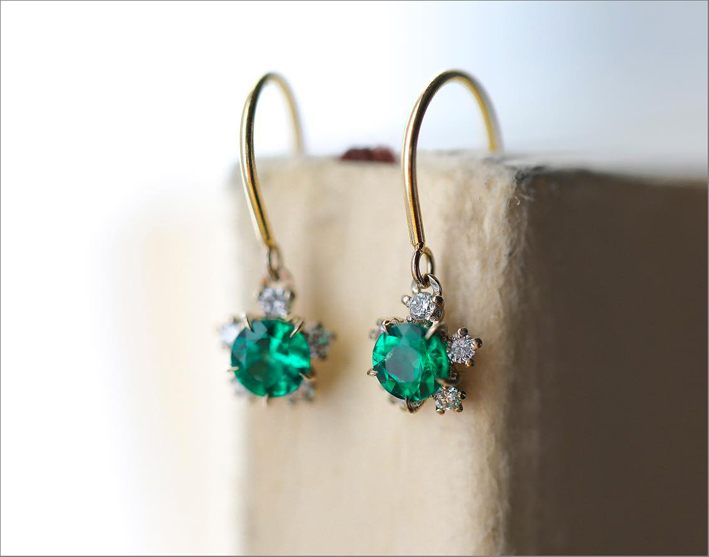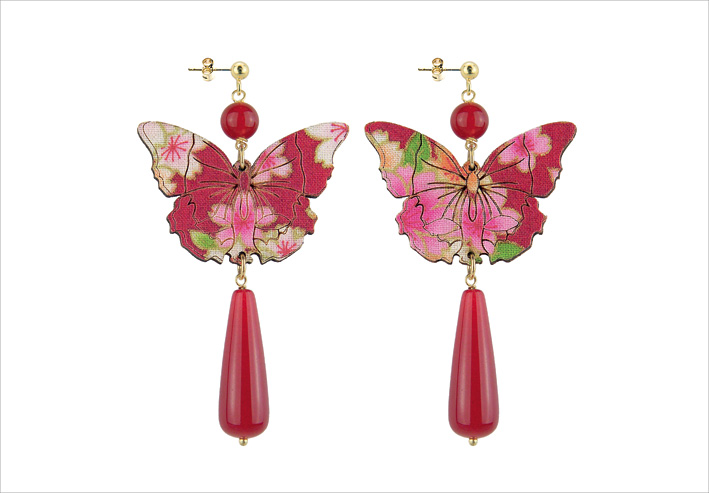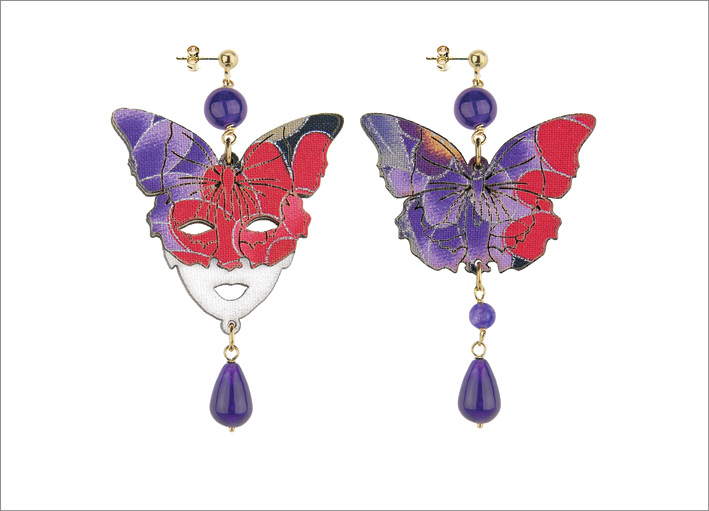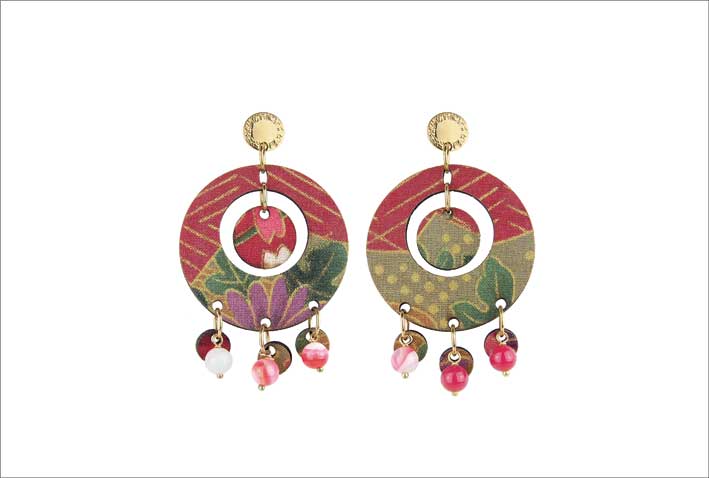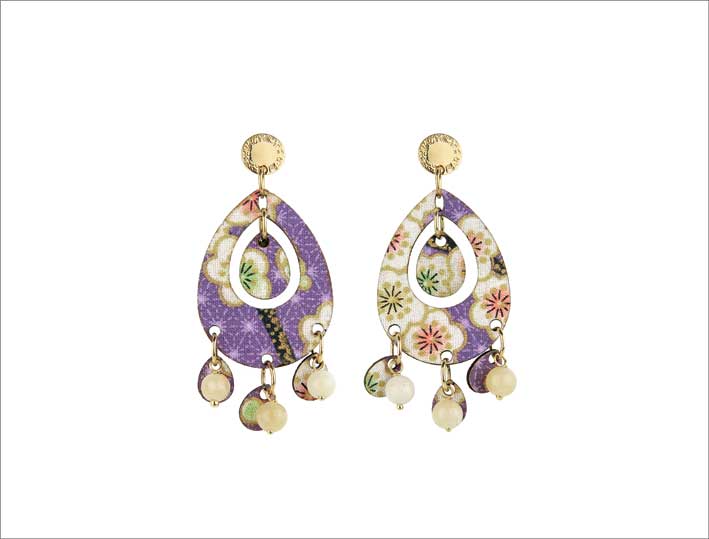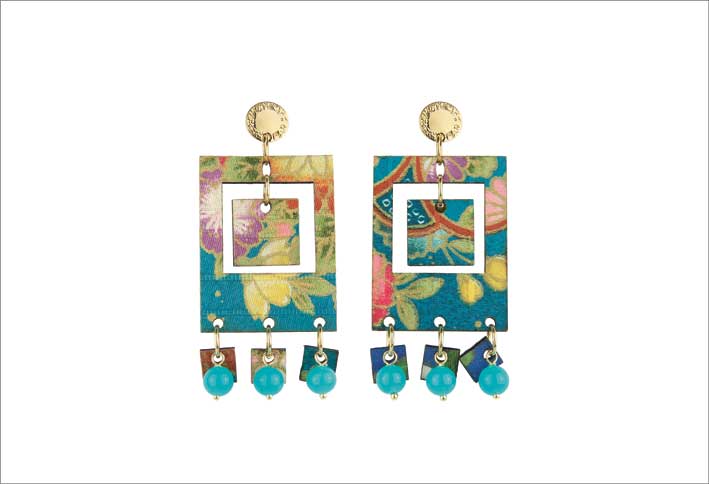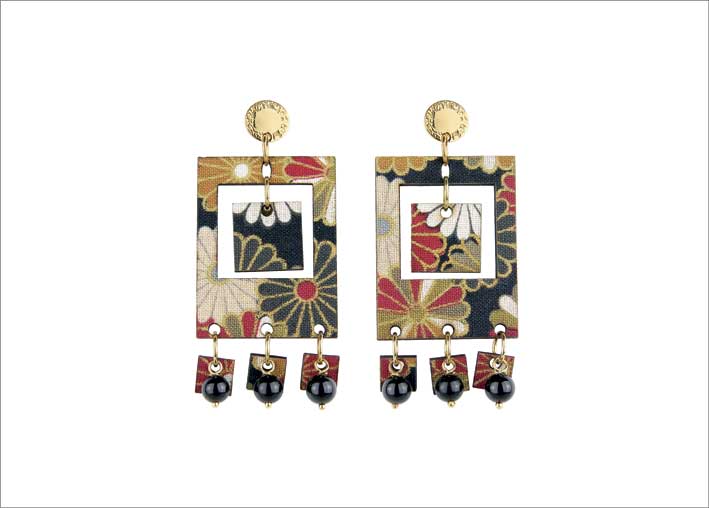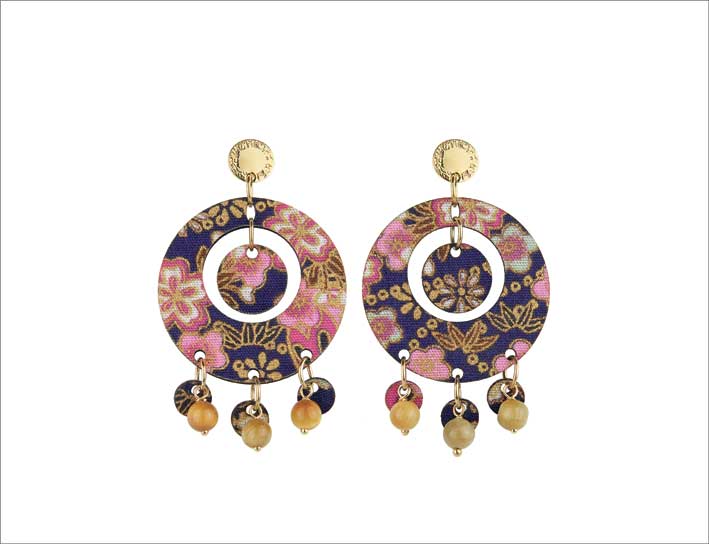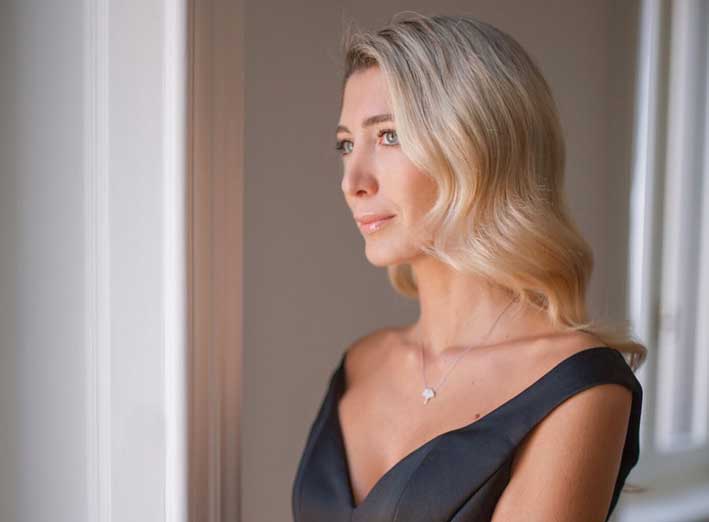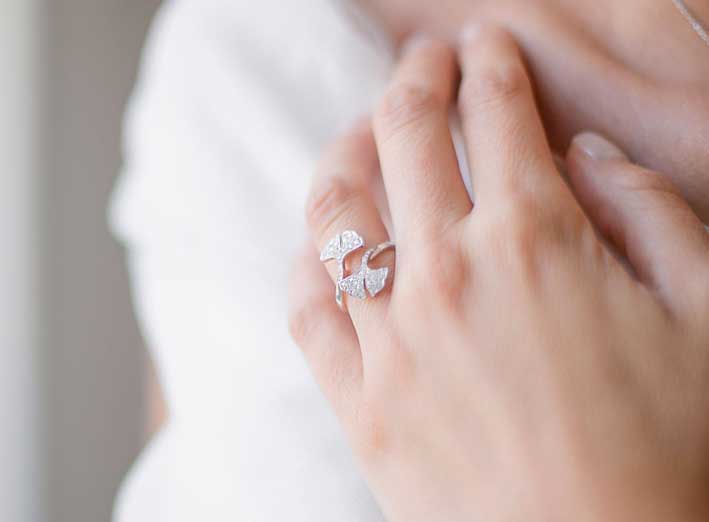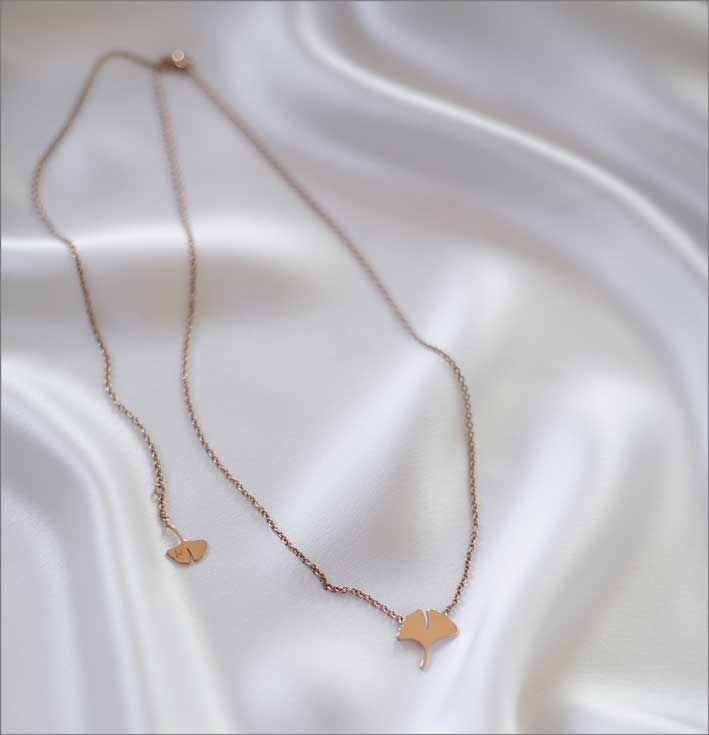What are akoya Pearls? If you intend to buy a pearl necklace or pearl earrings, a bracelet or a ring made with these small spheres produced by special molluscs, it is easy for you to come across the term akoya, which distinguishes a particular type of pearl. But what are Akoya pearls? If you are curious, discover the characteristics of these pearls and, of course, the origin of the name akoya.
Akoya pearls are a variety of cultured pearls known for their beauty and luster. These pearls are grown in salt water and are the fruit of a type of oyster they grow in, Pinctada fucata martensii. These oysters are mainly grown in Japan, although cultivation technologies have also been developed in other countries, such as China and Korea. However, akoya pearls are available all over the world. This variety of pearls are considered the quintessential classic pearls. They were first introduced to Japan in the late 19th century, and have since become one of the most popular pearls in the world.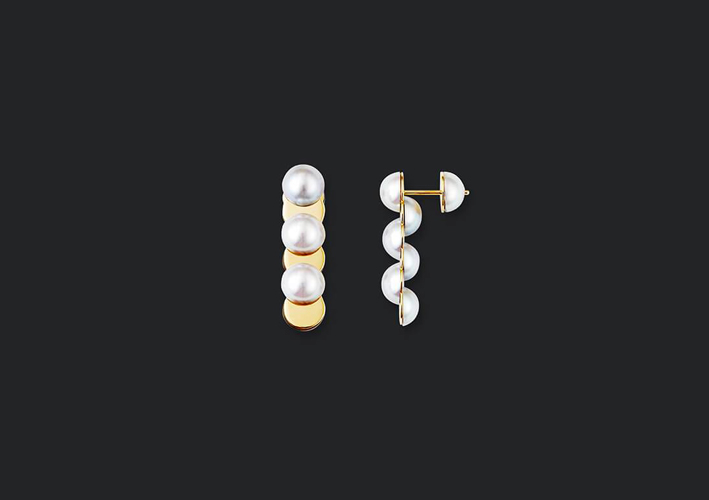
Characteristics of akoya pearls
As we have said, akoya pearls are appreciated for their luster, but also for their brilliant color and regular shape. Luster refers to the pearl’s ability to reflect light, creating a luminous effect on the surface. The color of akoya pearls is generally white or cream, although they are available in other shades such as pink, gold and silver. The round shape is considered the ideal shape for akoya pearls, but they can also be oval, teardrop or baroque. Akoya pearls are generally smaller than other cultured pearls, ranging in diameter from 2 to 10 millimeters. However, there are also larger akoya pearls that can be as large as 12-13 millimeters. These beads are commonly used to make jewelry such as necklaces, bracelets and earrings.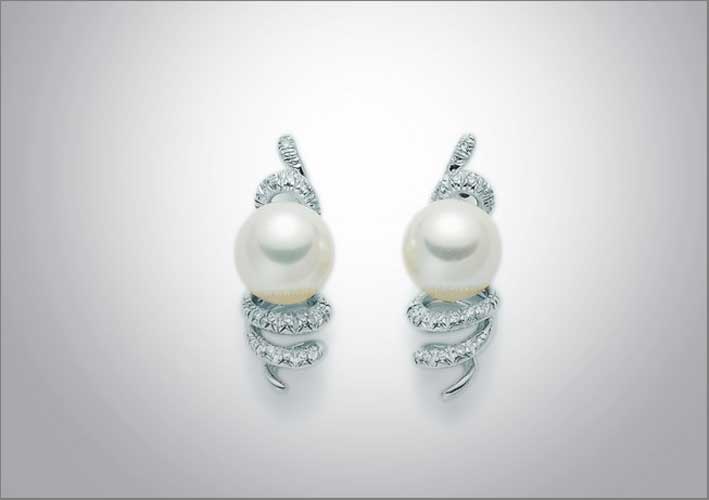
Cultivation of akoya pearls
Cultivation of akoya pearls begins with the selection of ripe oysters, which are then grafted with a piece of mantle tissue from another oyster. This tissue stimulates the oyster to produce mother-of-pearl, or nacre, a substance that coats the nucleus of the implanted tissue, forming the pearl.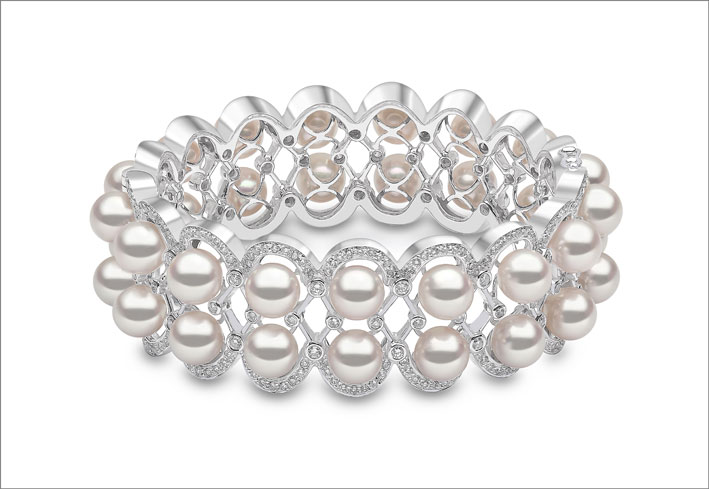
Pearl cleaning
Akoya pearls are considered a symbol of elegance and sophistication, and are often worn on special occasions such as weddings and formal events. They are also a great choice for gifts, especially for women who appreciate fashion and design. Be careful: Akoya pearls are quite fragile, so they must be treated with care to avoid scratches or damage. Avoid exposing them to chemicals or heat, and it is best to clean them gently with a soft cloth after use.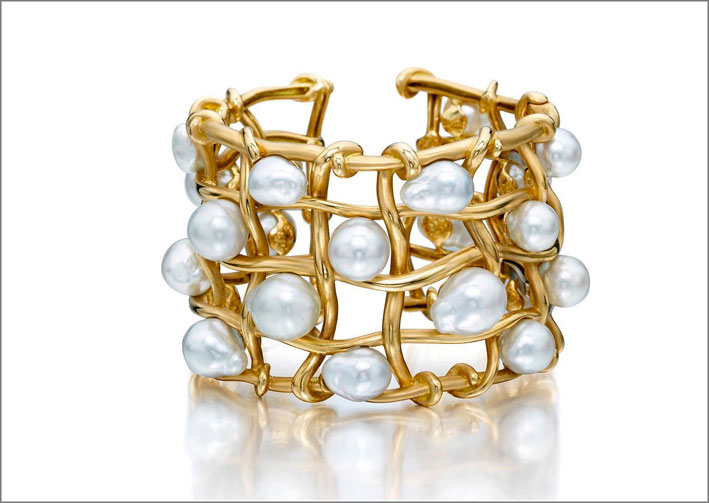
The origin of the name
The term akoya comes from the name of the oyster that produces these pearls, or the akoya oyster according to the Japanese name (Pinctada fucata martensii). These oysters grow naturally in the coastal waters of Japan, where the water is rich in nutrients and minerals that promote pearl growth, and where akoya pearls were first cultured in the late 19th century. The term akoya is Japanese for salt water, which reflects the environment in which these pearls are grown.
